|
Red-billed Tropicbird in flight at Bird Island, March 5, 2024. Canon R6 with RF100-500mm @ 176 mm, 1/8000 sec., f/7.1, ISO 3200. EV -2. In early March my wife and I traveled to Panama for a week of birding on the Caribbean side of Panama, map below. The first post, Bocas Del Toro, Panama, March 2024: Part 1, Mountains, touched on the highlights of a day traveling inland across the continental divide. This post covers a day on the water, traveling along a canal that parallels the coastal beach, into the Changuiola River, then out across sandbars at low tide (ugh!) into the bay and out to Bird Island, a rocky breeding spot to the north. Pack up your dramamine, tighten your life-vest, and get ready for some adventure! The map above is from Adobe Photoshop Lightroom, and shows where we traveled and where these photos were captured, the orange call-out boxes with numbers of images per location. The map below is a close-up of the start of the canal and shows where we saw the first two birds in the series, the Squirrel Cuckoo and the Bright-rumped Attila. This section of Panama at one time was a major banana producing region for United Fruit. The canal was built to float bananas out of the interior, but was quickly replaced by rail lines. The canal remains intact, a great way to silently glide among the trees and find local birds at home. Squirrel CuckooCanon R6 RFV 100-500mm @363mm, 1/1000 sec.,f/7.1, ISO 3200, +0.33EV
Above, our cuckoo looking for food, and below hopping up the branch, showing his feet. Bright-rumped AttilaCanon R6 RF 100-500mm @ 500mm, 1/2000 sec.,f/7.1, ISO 1600, +0.67EV
Bright-rumped Attilas eat insects, spiders, frogs and lizards, as well as small fruits and seeds (Ref: Birds of the World). The bird here appears to be inspecting the bottoms of leaves for breakfast, giving us nice views of the rump, wings, eye, face and broad based bill with a slight hook at the end. Bright-rumped Attilas nest below 3 meters high in epiphytes, (plants that grow on the surface of other plants), or between buttress roots, or in a bank, not necessarily in the forest itself (Ref: Wikipedia). We continued floating down the canal with the two boats roped together to create a barge. It was an ideal way to get great views of the trees and their inhabitants in the cool of the morning. This part of the canal ends at the Changuinola River where we floated inland and the river widened. The Tricolored Heron that follows was spotted at the orange call-out with the number "10" on the map below. Tri-colored HeronCanon R6 RF 100-500mm @ 500mm, 1/2500 sec., f/7.1, ISO 800, -0.33EV
Above, our subject crouches, raises his/her wings as shown below, and heads for the air! In flight the wings are dark with the distinctive white throat and belly. Snail KiteCanon R6 RF 100-500mm w 1.4x Ext., @ 700mm, 1/2000 sec., f/10, ISO 2500, +1.0 EV
Snail Kites live in sections of central Florida, as well as Cuba, Mexico, Central and South America. See the eBird map above. Their diet consists almost exclusively of freshwater apple snails found in tropical regions of the southern U.S., Central and South America, as well as the West Indies. The kite's sickle-like bill is well adapted for removing these snails from their shells. Snail Kites will turn to crayfish, crappie, small turtles and rodents only when apple snails become scarce (Ref: Wikipedia). Snail Kites roost communally and nest in loose colonies or solitarily. Canon R6 RF 100-500mm w 1.4x Ext., @ 560mm, 1/2000 sec., f/10, ISO 2500, +1.0 EV Above, a Snail Kites takes off from the fresh water marsh looking for lunch. As noted previously, this is likely a juvenile. This Snail Kite is cruising low over the marsh looking for apple snails. The hooked bill, its "snail extractor," is evident. Magnificent Frigate BirdCanon R6 RF 100-500mm w 1.4x Ext., @ 700mm, 1/2000 sec., f/10, ISO 500, +033 EV
The image below was captured in the spring of 2019 from the deck of the Galveston-Bolivar ferry. This is a female with a while breast patch. Magnificent Frigatebirds are known for their aerial agility enabling them to chase and harass other birds, including stealing their food. Although known as pirates, they in fact catch most of their food on their own by snatching fish or squid near the ocean surface without getting wet (Ref: Birds of the World). Frigate birds lack waterproof feathers, rarely sit on the water, and never walk or swim. They often nest in large dense colonies on islands throughout the Caribbean, and on the coasts of Central and South America. These are fascinating birds with many unique flight and breeding characteristics. As a species they have been extensively researched. For more see All About Birds (free) or Birds of the World (subscription). Canon 7D Mk II EF 100-400mm w 1.4x Ext., @ 560mm, 1/800 sec., f/8, ISO 250, +1.0 EV Next stop, Bird Island!After lunch by the river bank we headed back to the bay going north and east on the Changuinola River. At the mouth of the river we discovered we were at low tide! Our able crew was able to pull the boats across the sandbar. After "crossing the bar" (and fortunately not seeing our "Pilot face to face") we headed out across the bay and toward the open Sea where the water got progressively rougher. This is where dramamine and life vests become relevant! In not too long we approached Bird Island and got a chance to view and photograph some truly remarkable seabirds that can only be seen from the water. Below is an image of the map that Adobe Photoshop Lightroom generates from the GPS data embedded in each image I captured. The orange boxes below show location of the boat when various photographs were taken. It was rough close to the island and the boat was bouncing up and down continuously. For the photo geeks: Photographing the birds that follow was quite a challenge. The birds were moving of course, and the boat was moving up-and-down and sideways as well. Not to mention the movement of a of the camera itself in my hands. On top of that, I had to set exposure compensation to the "right" (overexposed) for dark birds against a light sky, and to the "left" (underexposed) for white birds against the dark island foliage. Needless to say I went home with many, many, terrible photographs. Fortunately, I got just enough good ones for this post! Red-billed TropicbirdCanon R6 RF 100-500mm @ 100mm, 1/3200 sec., f/7.1, ISO 640, +0.67 EV
The image above shows the birds flying above Bird Island in large numbers, only a portion of which are captured on the frame. Below, one of the birds against the blue sky showing the typical wing markings, red bill, and tail streamer. Canon R6 RF 100-500mm @ 100mm, 1/3200 sec., f/7.1, ISO 1000, +0.67 EV Below, a Redbilled Tropicbird in the foreground Center, with a Magnificent Frigatebird in the background, most likely a female. Canon R6 RF 100-500mm @ 176mm, 1/8000 sec., f/7.1, ISO 3200, -2 EV Above and below, tropic birds in-flight against the island where they are nesting. The males and females are similar in appearance although the males are generally larger with longer tail streamers. Note the small feet. With such small feet, Red-billed Tropicbirds cannot stand and can just barely walk! They generally breed on islands with steep rocky or muddy slopes where they can build nests and still be able to takeoff quickly without a lot of walking. In the image below we see a bird appearing to look for a landing spot, and in the background one bird appears to be sitting on a nest with another one perched below and to the left. Canon R6 RF 100-500mm @ 100mm, 1/8000 sec., f/7.1, ISO 3200, -1 EV In the image below, a tropic bird is slowing down going into a stall as if to land. We can see the small tail flaring with a streamer at the center, with the typical wing markings for the species. Red-billed Tropicbirds eat mostly small fish, especially flying fish and squid. Their diet varies by locality with squid being more important for the Indian Ocean populations. Most prey is caught by plunge diving but flying fish are sometimes taken in flight. Tropic birds will also take advantage of surface feeding predators like dolphin, tuna, and dolphin fish, capturing small fish chased near or above surface. Unlike the Magnificent Frigatebird, Red-billed Tropicbirds are comfortable in the water and able to float. Below is an image of one of the birds floating off the shore, likely resting during a search for food. Brown BoobyCanon R6 RF 100-500mm @ 500mm, 1/8000 sec., f/7.1, ISO 1600, 0 EV. Brown Boobies are in the family Sulidae, along with Gannets. In turn this family is in the order Suliformes, along with the families of Frigatebirds, Cormorants, and Anhinga, all ocean birds found worldwide. All birds in this order lack external nostrils, an adaptation to their aquatic lifestyle. Many of the species within the order are colonial breeders, sometimes nesting in huge concentrations (Ref: Handbook of Bird Biology Third Edition, p.. 48, the Cornell Lab of Ornithology). Brown Boobies enjoy a wide range, including some rare sightings on the U.S. coasts, and inland, as shown by the eBird map below. Canon R6 RF 100-500mm @ 500mm, 1/4000 sec., f/7.1, ISO 25600, +0.67 EV. Brown boobies feed on fish, especially flying fish, and squid. They will feed off the surface often with other predators, or plunge dive. The images shown above and below were taken earlier in the day when we sighted a brown booby in the air. The image below shows \the characteristic White belly and white marking on the wings. There is little difference between the sexes. Red-footed BoobyCanon R6 RF 100-500mm @ 500mm, 1/6400 sec., f/7.1, ISO 4000, 0 EV. We spotted a Red-footed Booby on the island sitting on what is probably her nest. Most boobies are ground nesters, but the Red-footed Booby, the smallest of the boobies, nests in trees, avoiding competition for ground sites and ground predators (Ref: All About Birds). Like the Brown Boobies, they feed on fish and squid, either off of the surface or on a plunge dive. Red-footed Boobies have coral-red feet, which unfortunately are hidden in the nest on these images. Let's finish with a parting shot of a critter we saw earlier in the day walking on water (almost) across the river! Green BasiliskCanon R6 RF 100-500mm @ 500mm, 1/2000 sec., f/7.1, ISO 20000, -1 EV. The Green Basilisk is a lizard, known for its ability to run on water like its close cousin the common basilisk. Green Basilisks are about 10 inches long with a long whip like tail. They live in tropical rainforest wetlands and close to water sources. They eat a wide variety of foods, including fruits, flowers, seeds, insects, small rodents, fish, other lizards, birds, some snakes, shrimp Cray fish and amphibians! That's a wrap! Stay tuned, another Panama post will be on the way soon. Happy trails!
13 Comments
Laura Jelemensky
4/10/2024 01:21:33 pm
Henry, those are magnificent photos!
Reply
Dick Voelker
4/10/2024 01:43:13 pm
Henry, these are so excellent and outstanding. Just amazing. WOW and more WOW. And I also know the time and effort you spent sorting through photos, editing and showing the best. Most impressive!!!
Reply
4/10/2024 06:43:32 pm
Dick: Many thanks! It was a great trip. I hope all is well back home.
Reply
Linda Currin
4/10/2024 04:39:55 pm
How amazing for you and DJ to have had this magnificent experience! Incredible photos of incredible beauty. Thanks for taking me along!!
Reply
4/10/2024 06:44:34 pm
Linda: I am glad you were able to join us! One more post on Panama is in the works - stay tuned!
Reply
Janet L Davies
4/10/2024 07:51:21 pm
Amazing pictures. Isn't God good to make such a variety of birds of various colors, habitats, etc.,
Reply
Henry
4/12/2024 07:32:21 am
Jan, I am glad you enjoy the blog! Another post coming soon!
Reply
Martha Brasher
4/11/2024 11:44:48 am
Once again, thank you for the journey and the opportunity to experience it through your words and camera lens—you are an artist with both.
Reply
Henry
4/12/2024 07:33:45 am
Martha, Great to hear from you! Glad you like the blog. Very best wishes!
Reply
John Benet
4/12/2024 11:23:49 am
Thanks Henry! I always enjoy your excellent posts.
Reply
Jim Adamthwaite
4/15/2024 04:21:27 pm
Thanks, Henry. Great photos. I like the way you've added commentary and graphics about both the trip and the birds
Reply
Donna Schotter
4/21/2024 02:10:20 pm
Henry, enjoyed your pictures and adventures. Beautiful! Thanks for sharing!
Reply
Leave a Reply. |
AuthorHenry Johnson, photographer and author of this site. For more detail, see About
Categories
All
Archives
July 2024
|
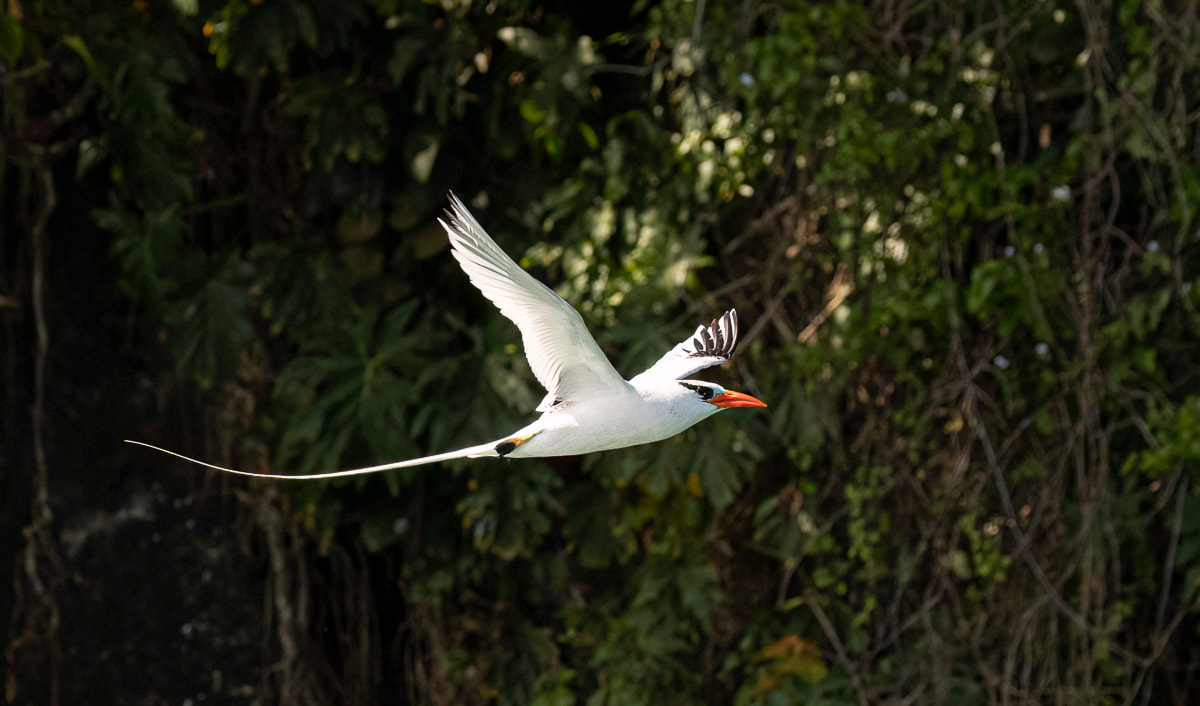
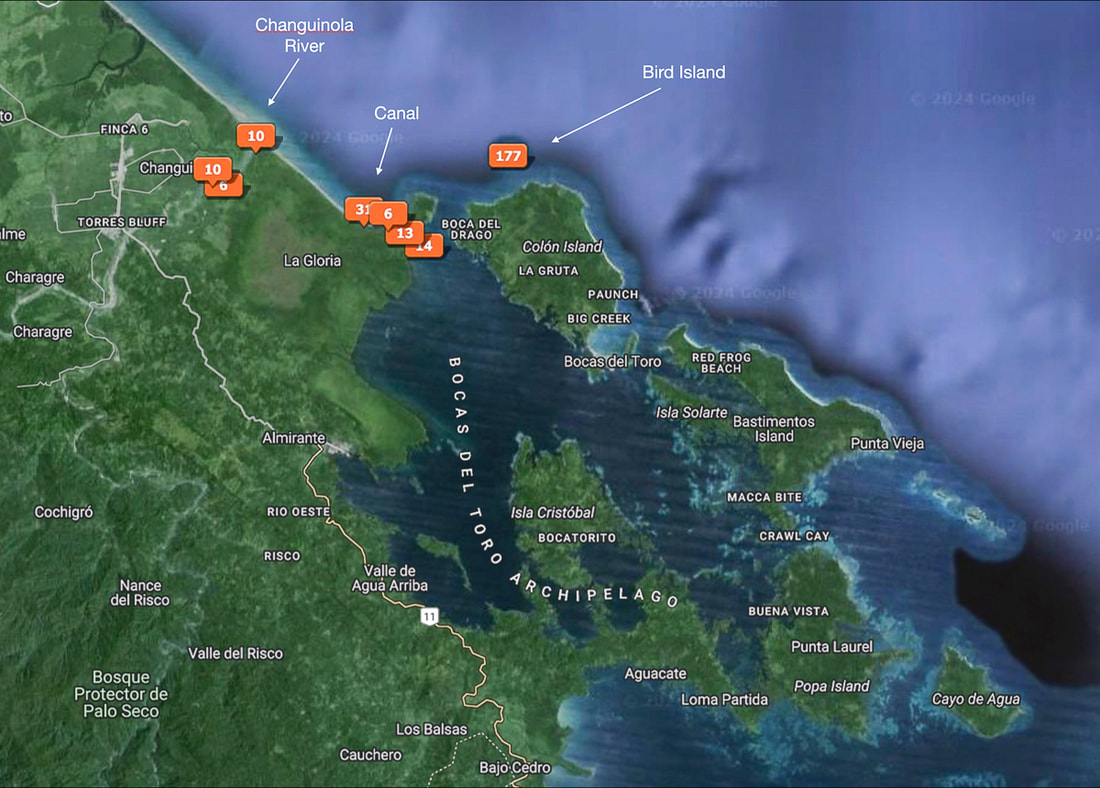
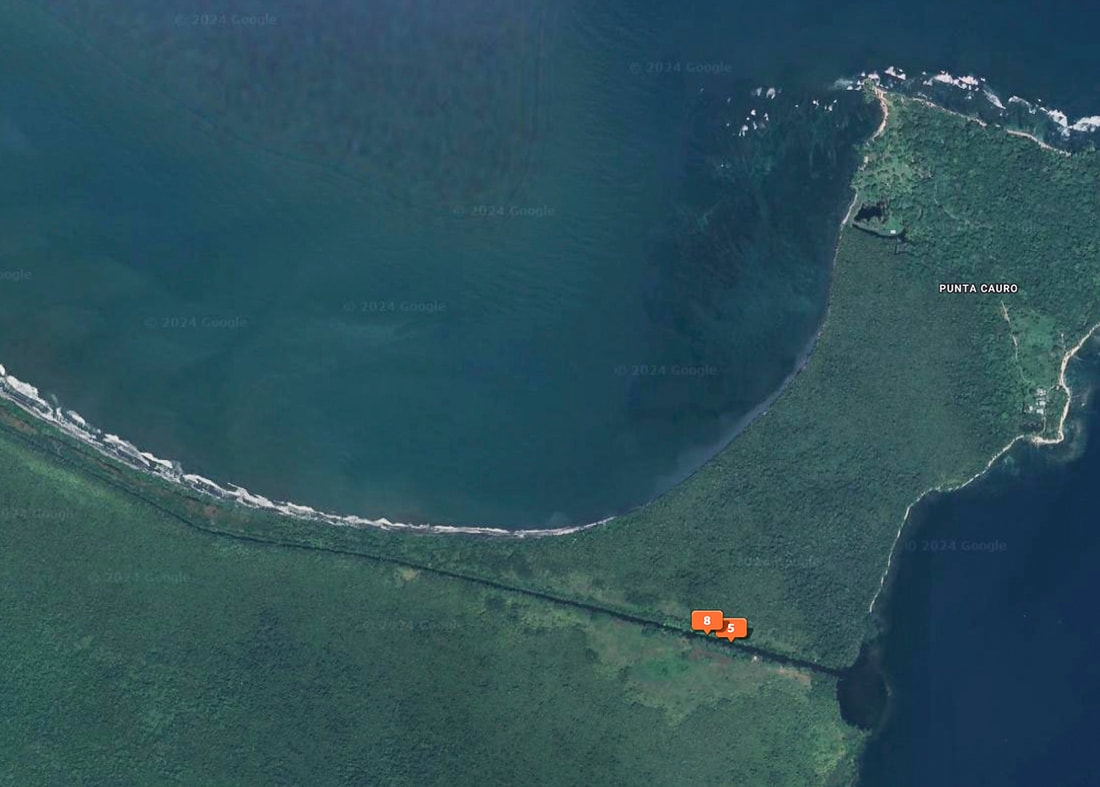
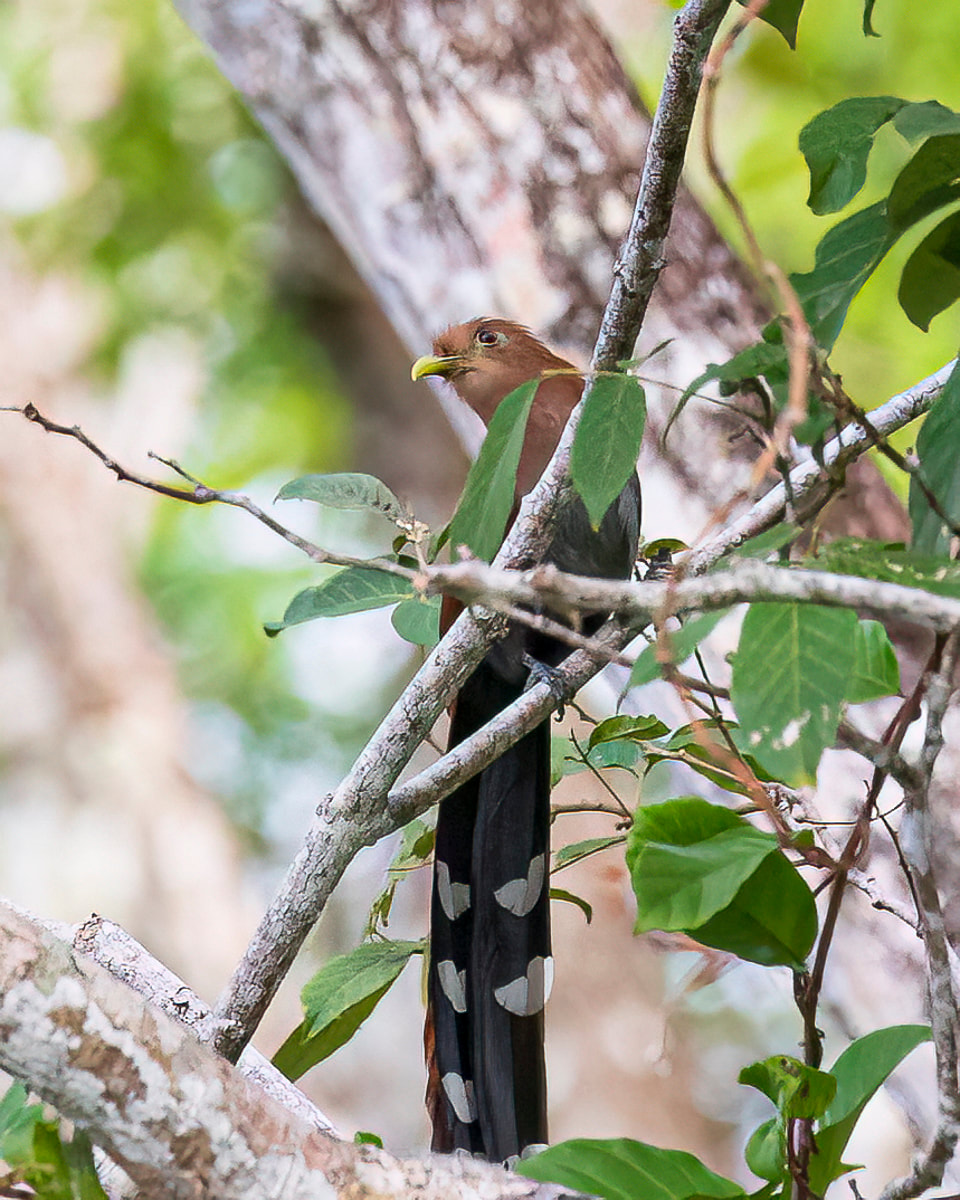
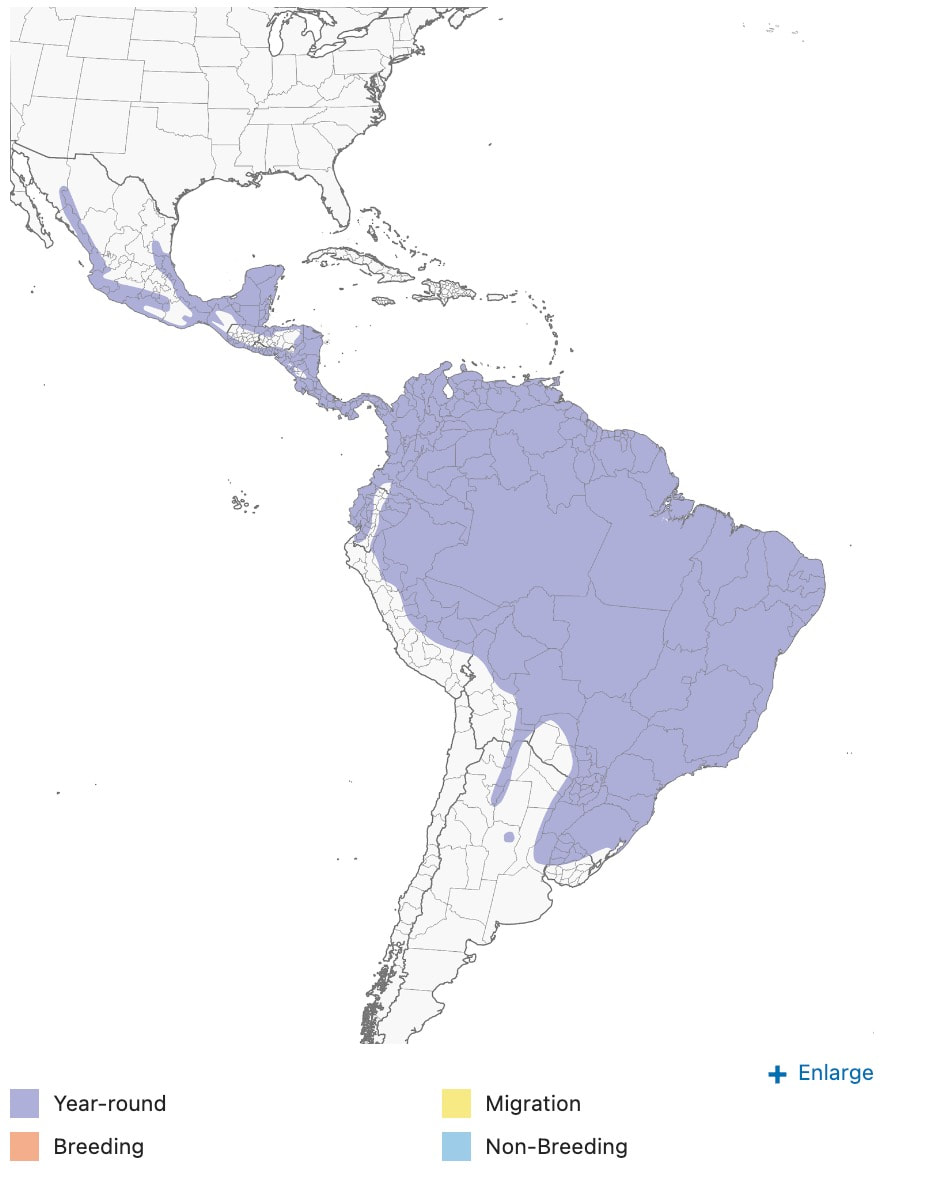
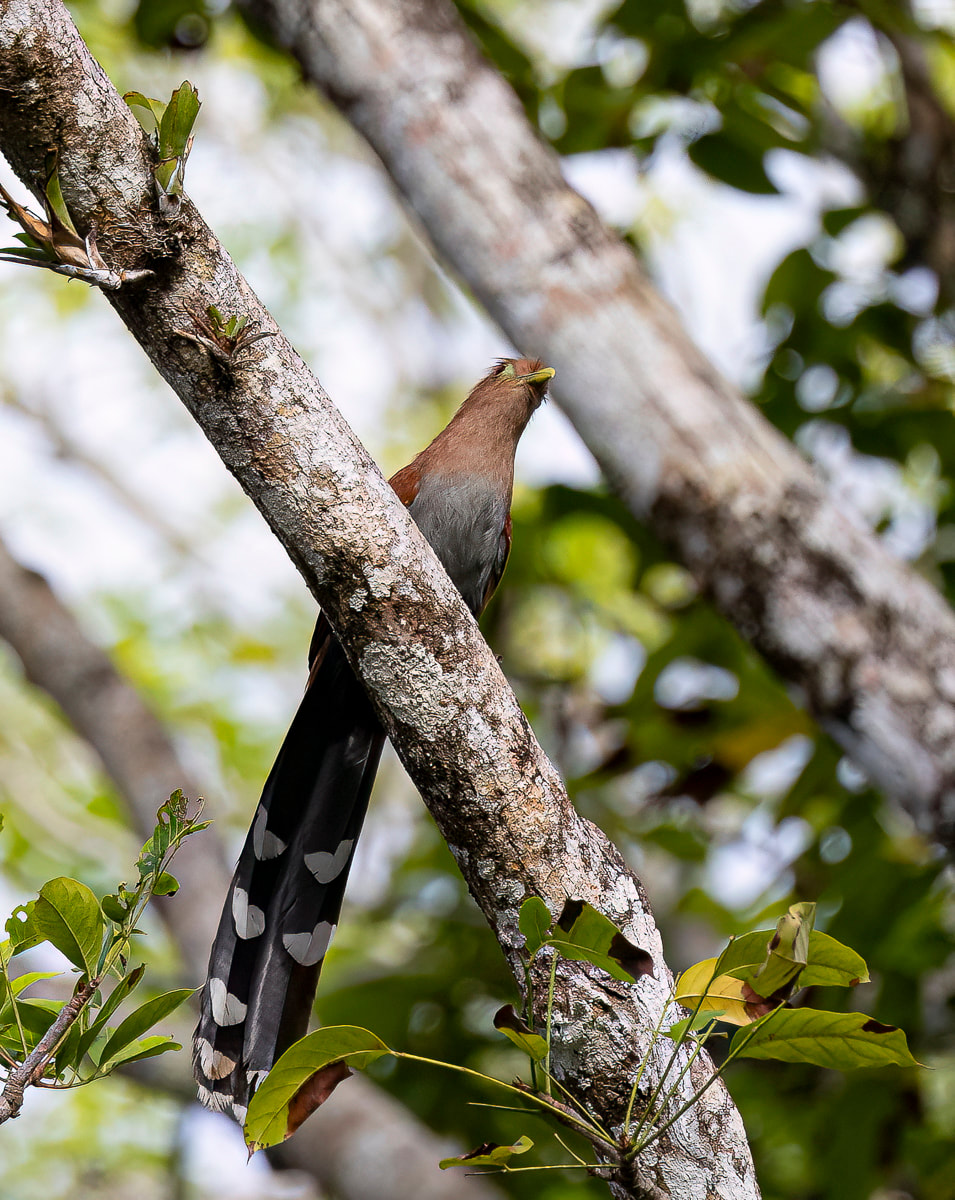
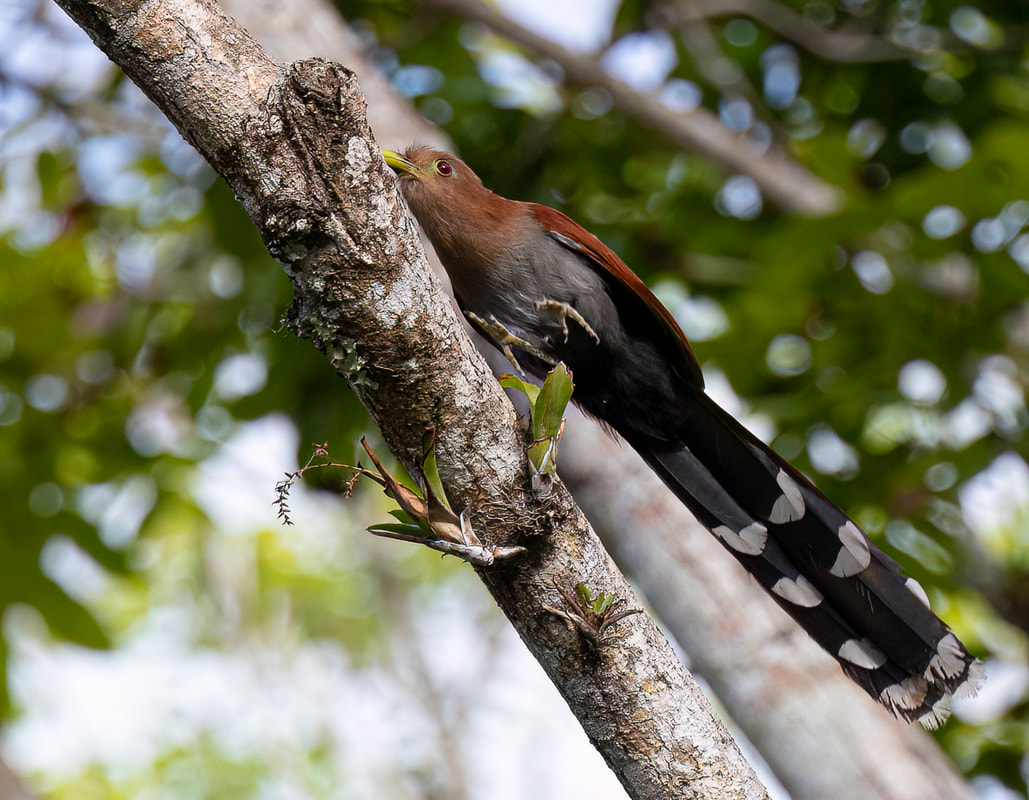
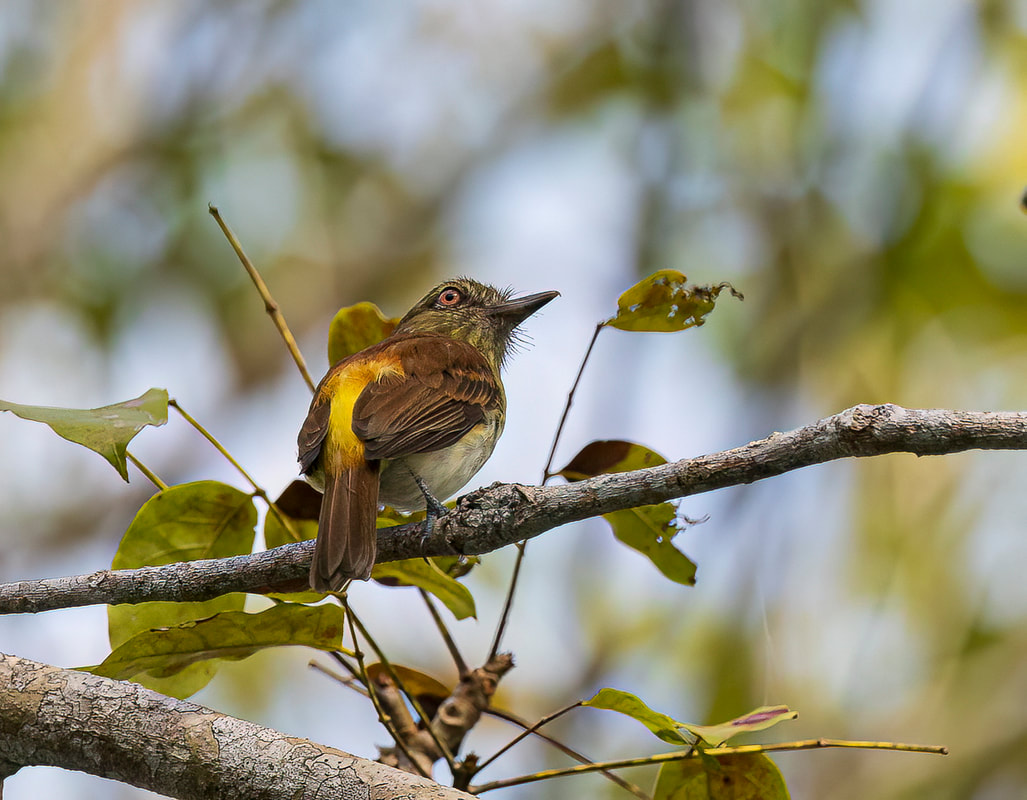
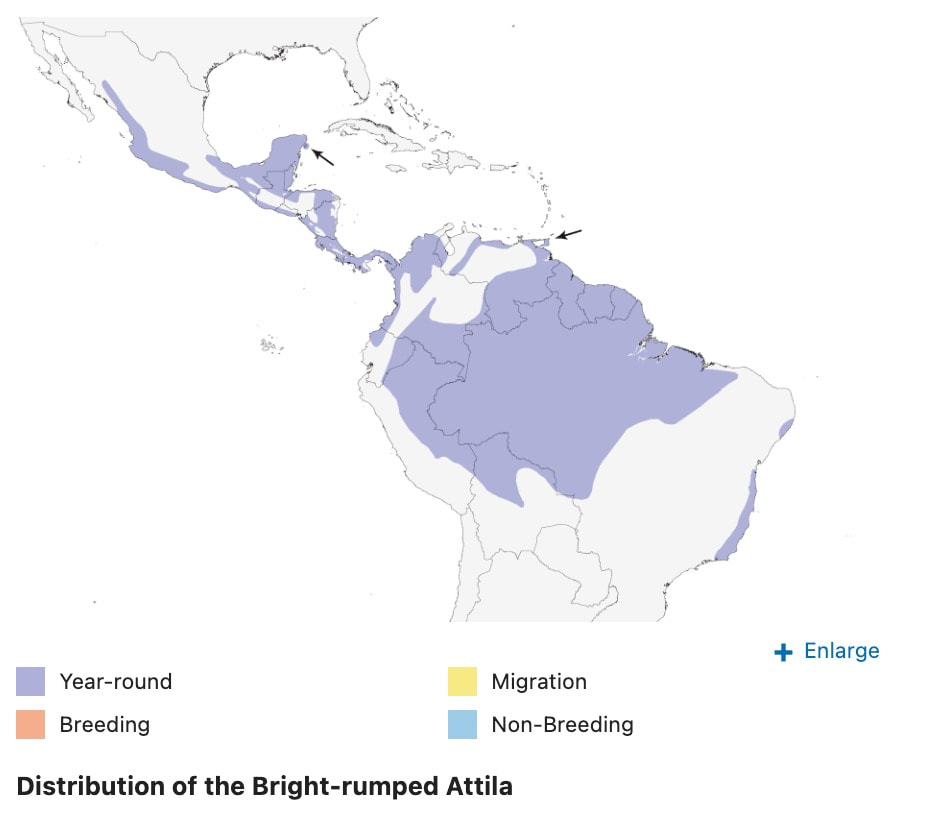
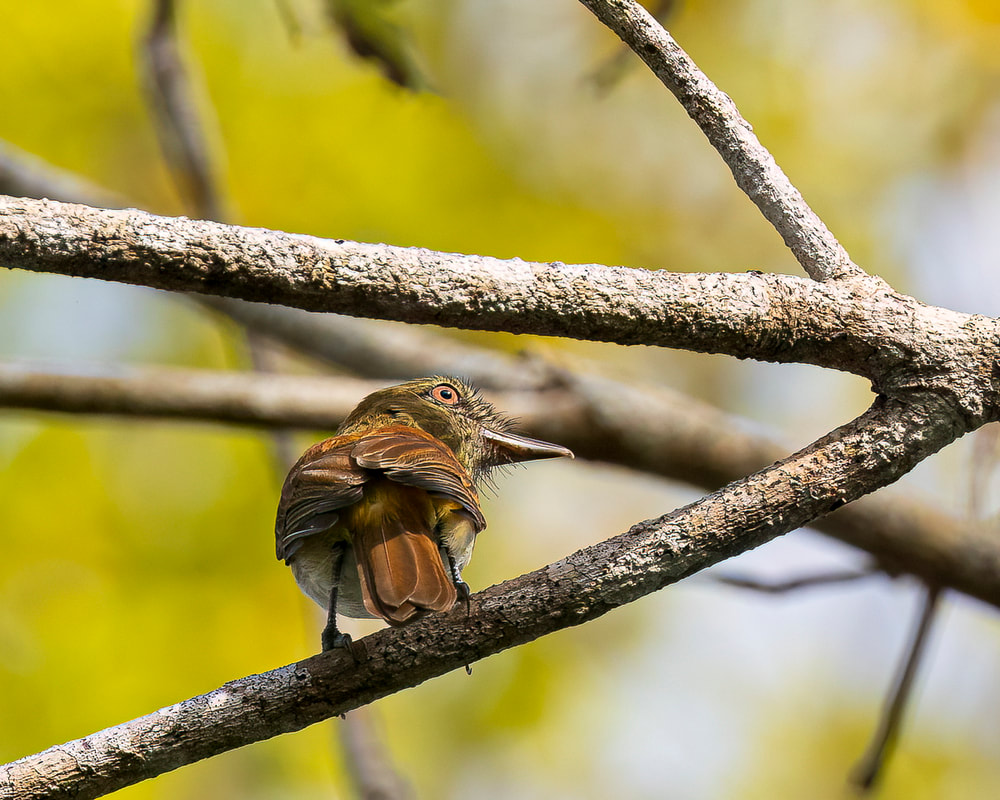
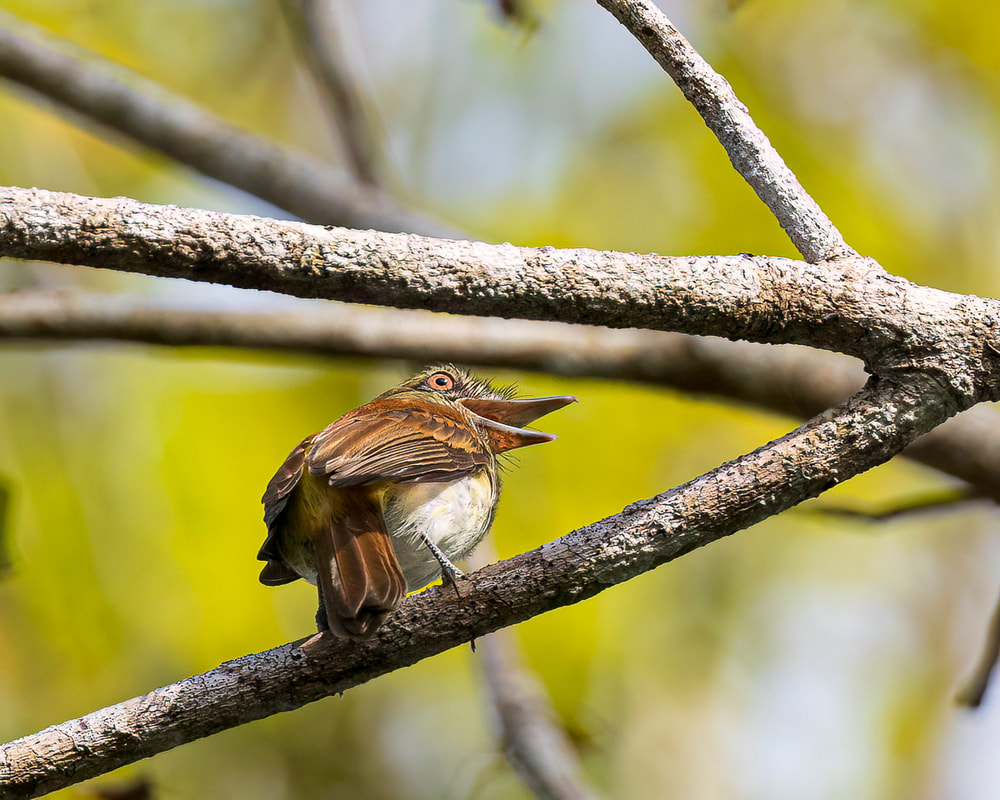
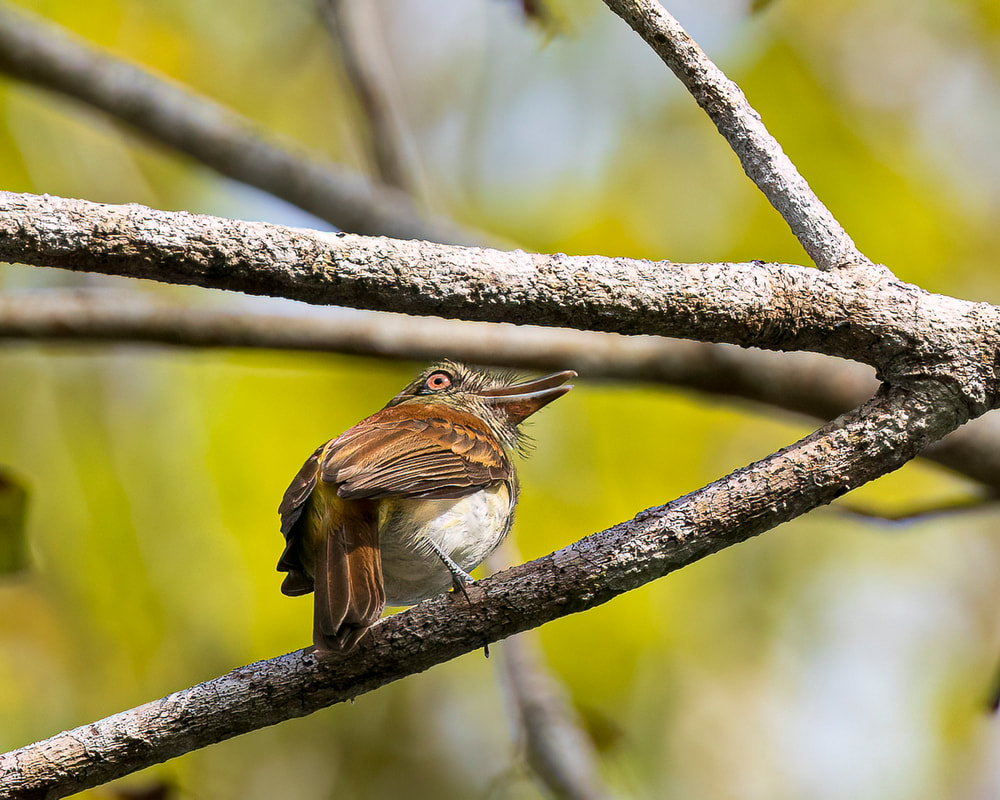


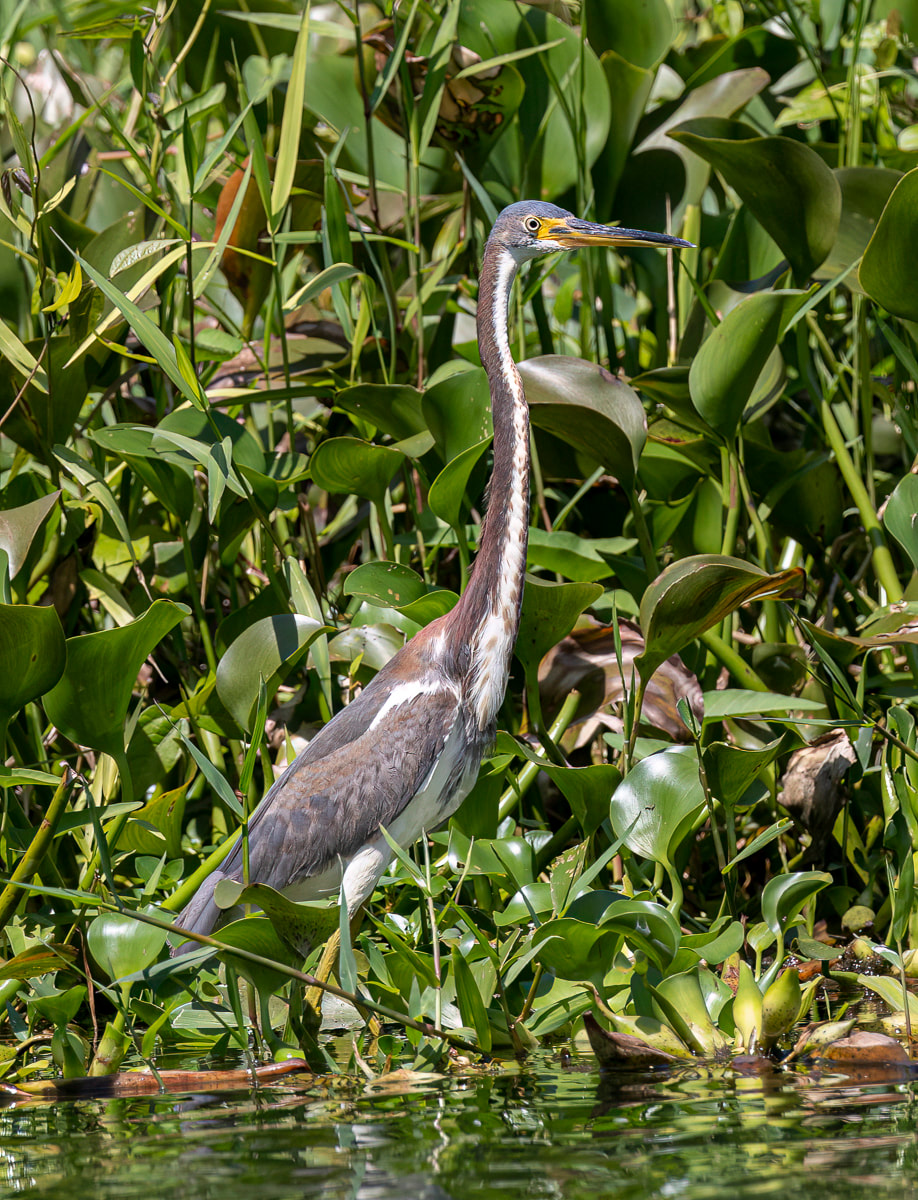
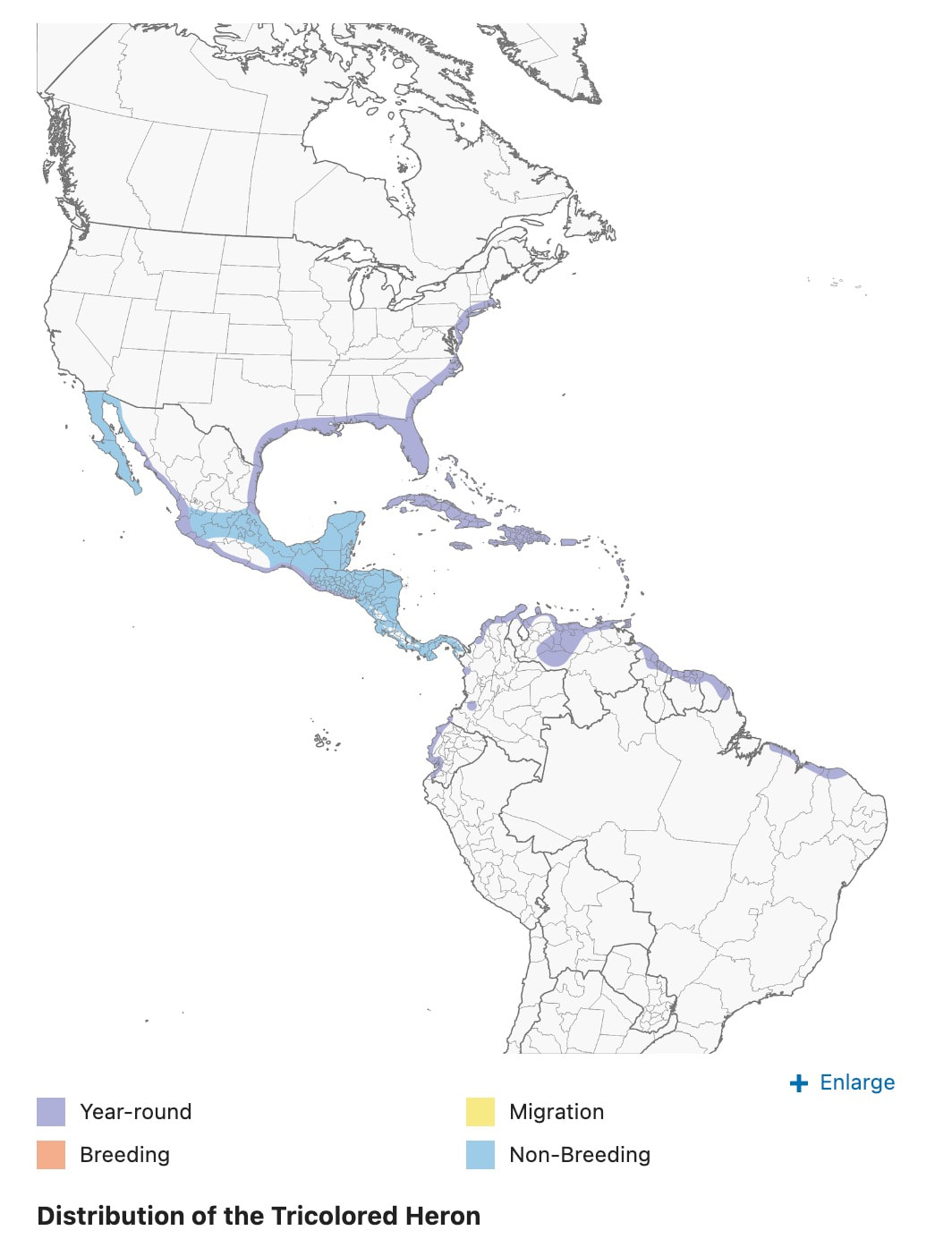
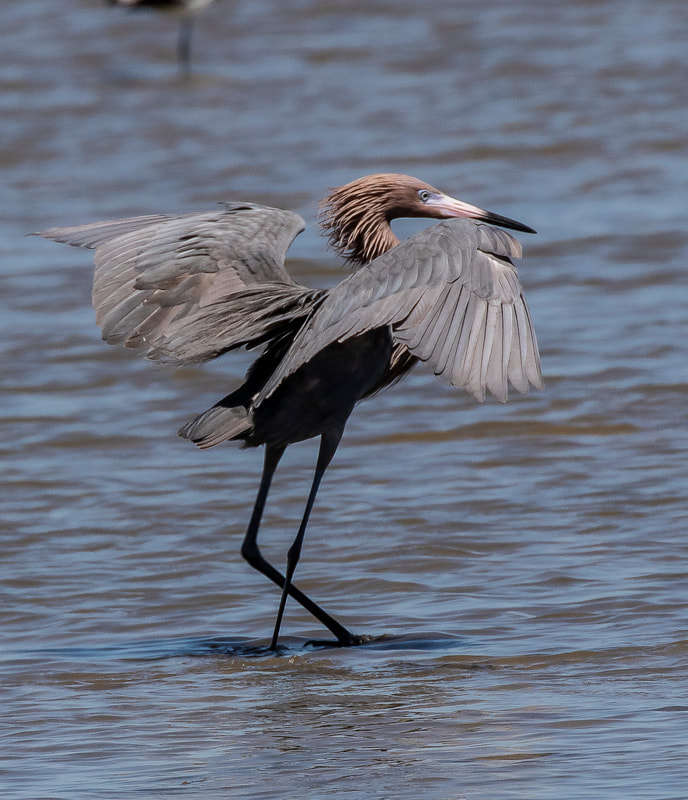
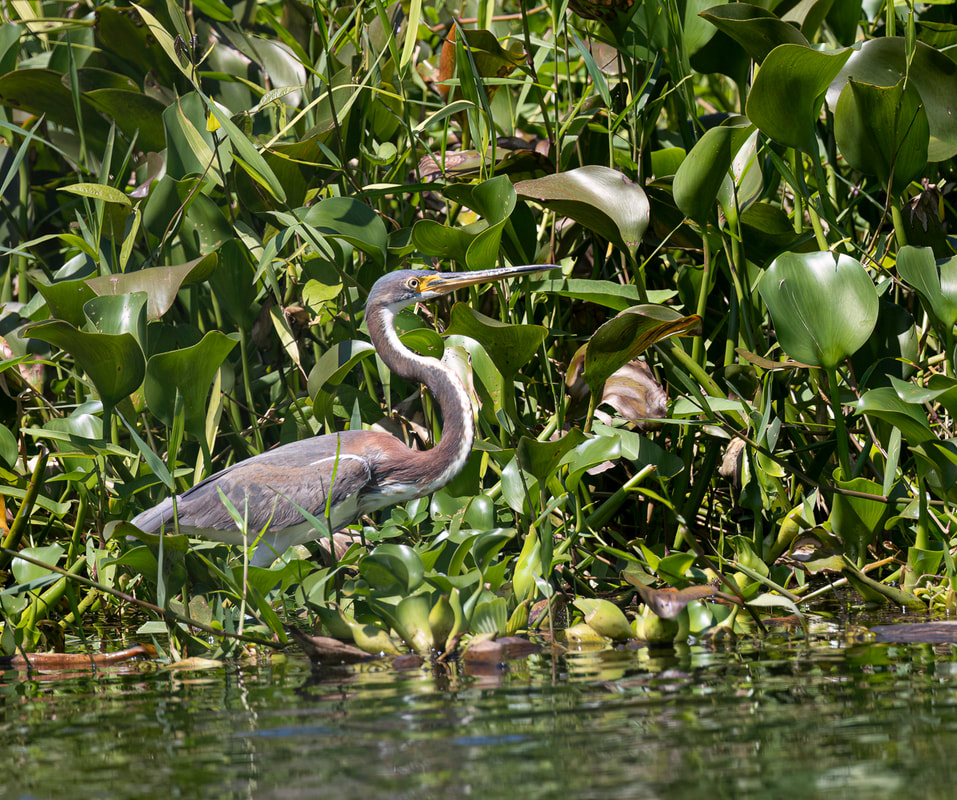
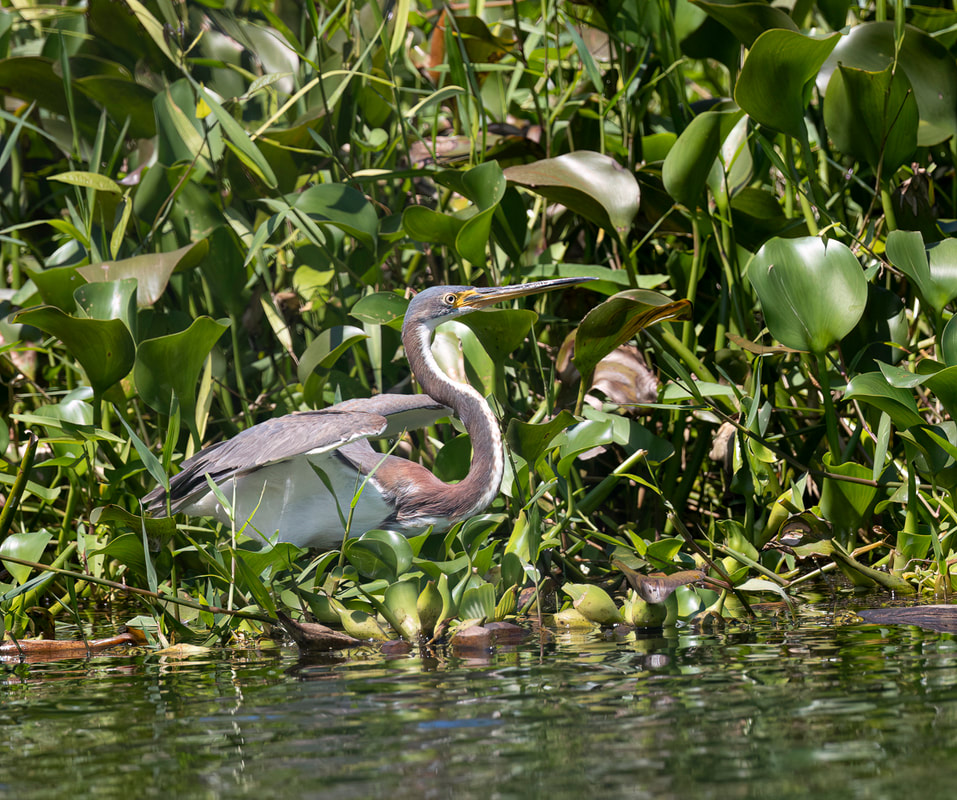
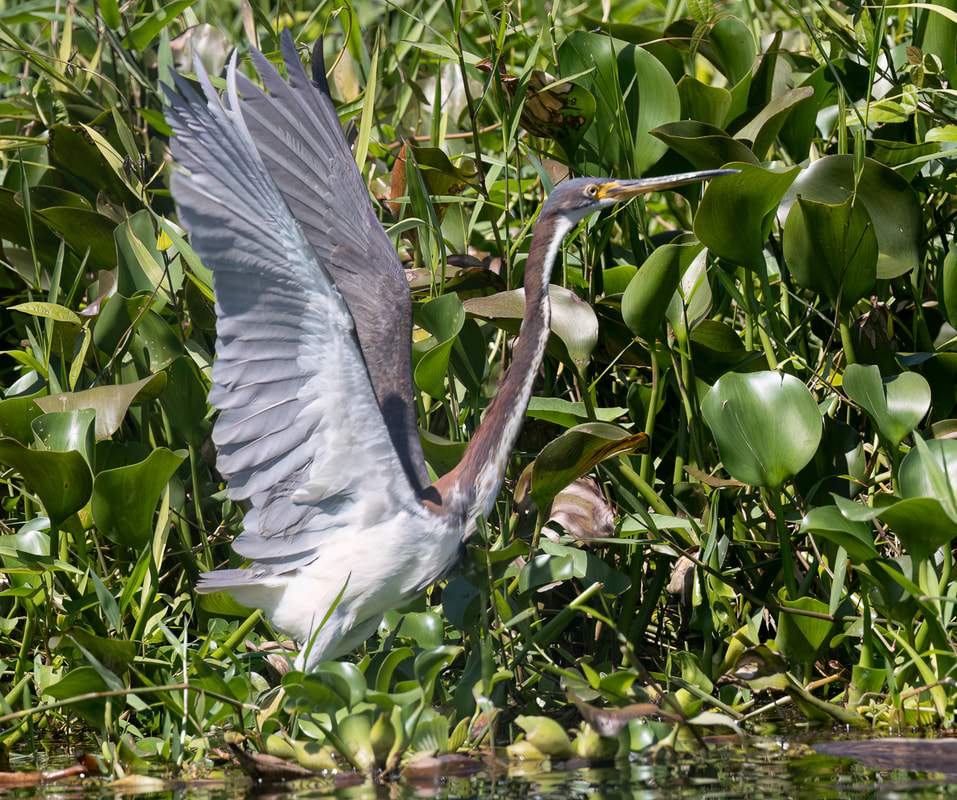
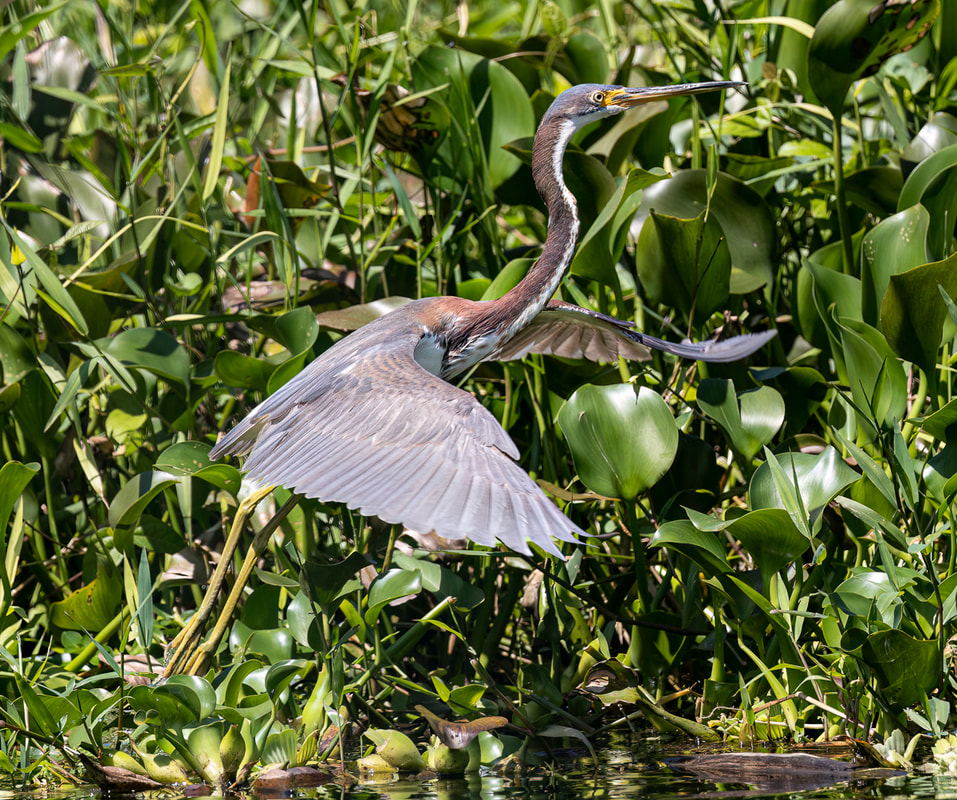
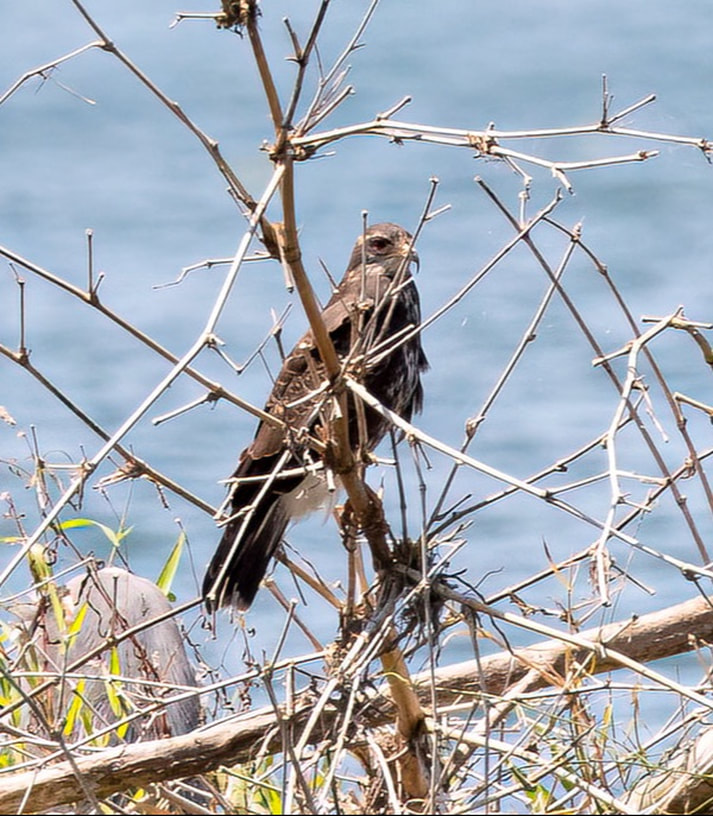
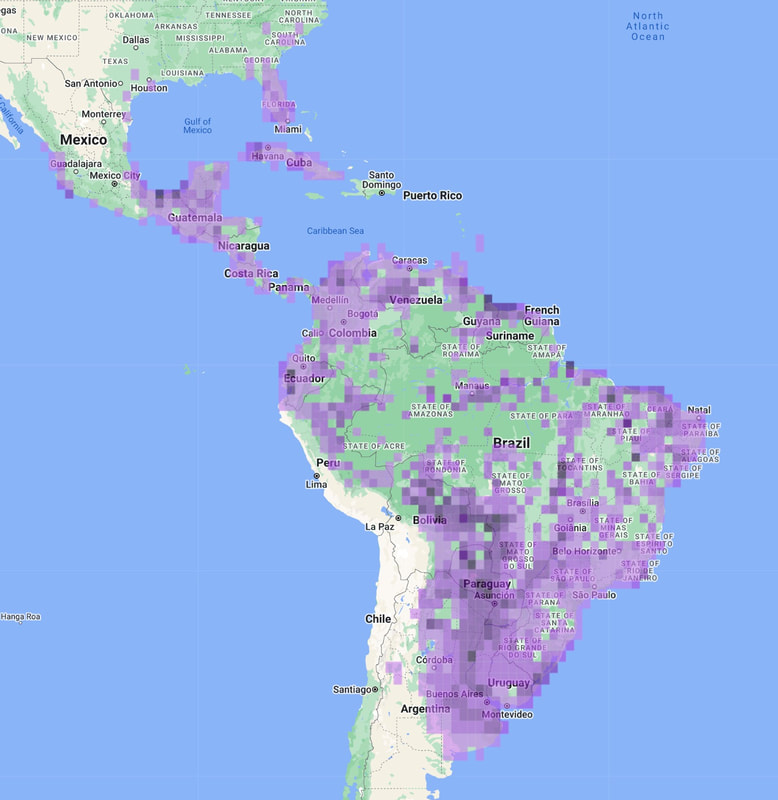
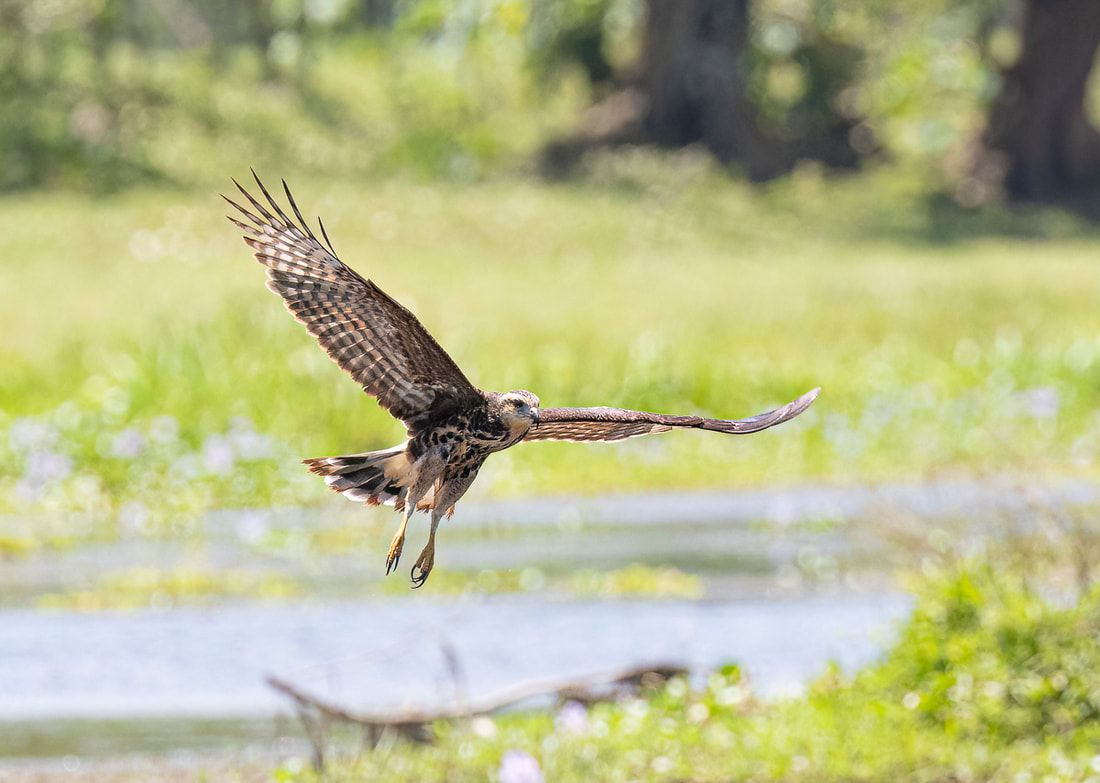
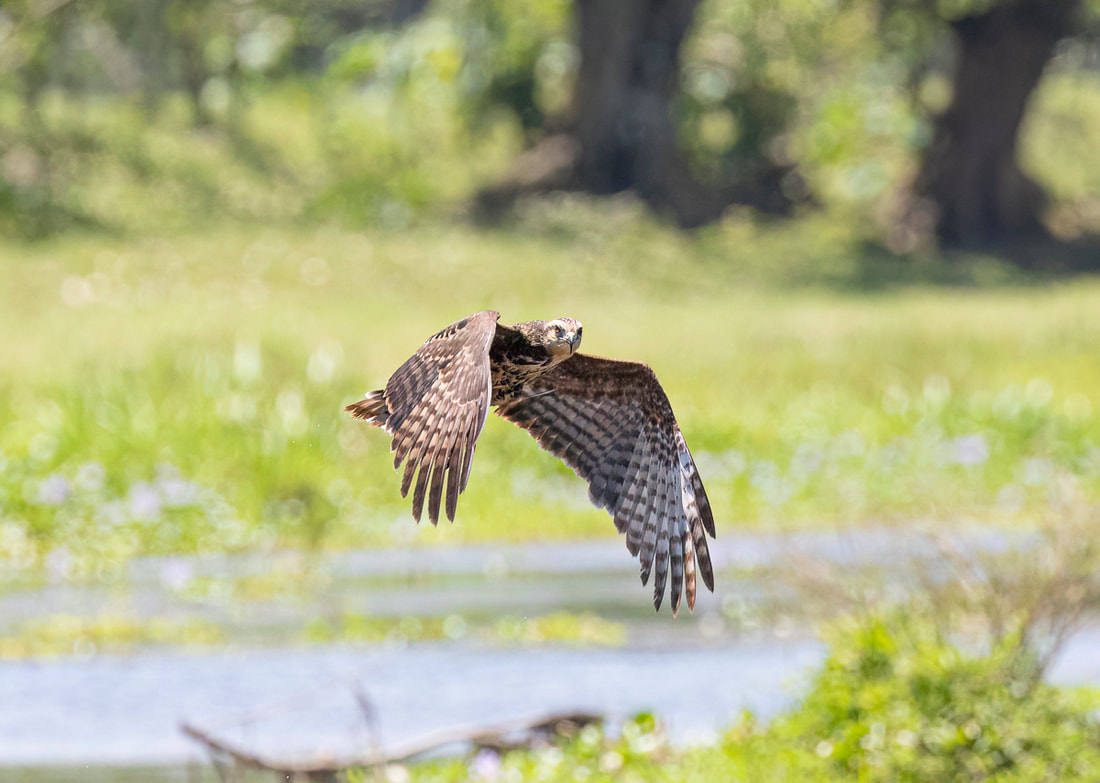
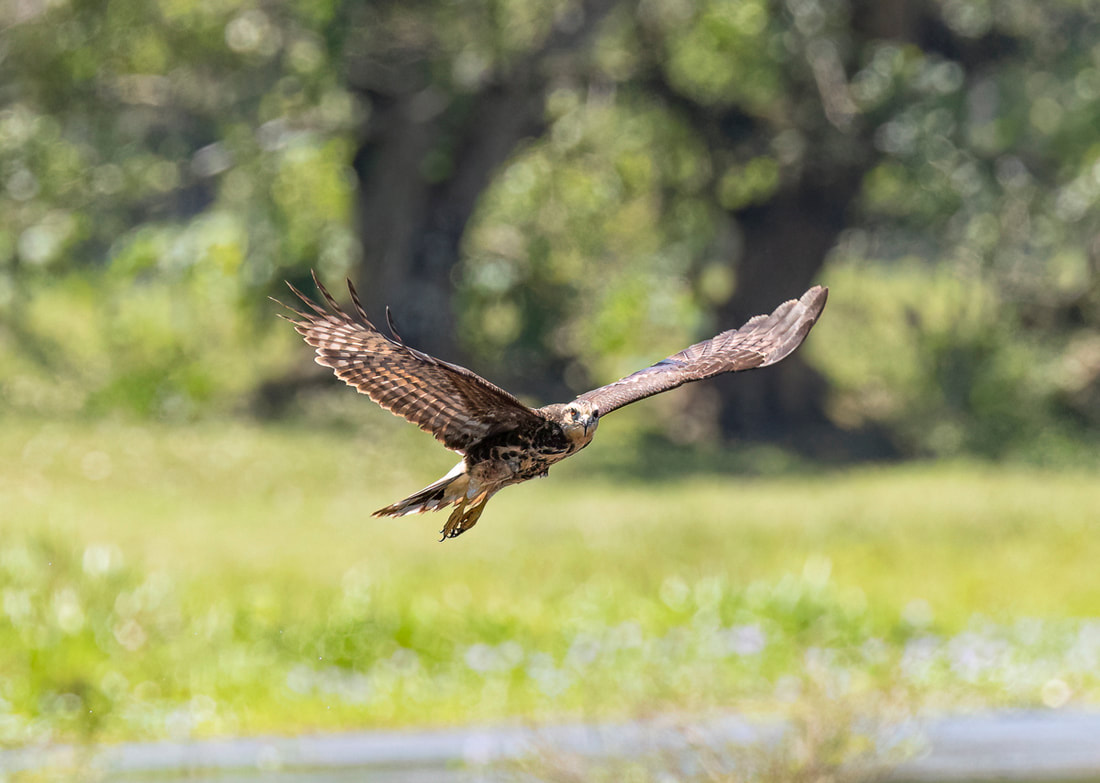

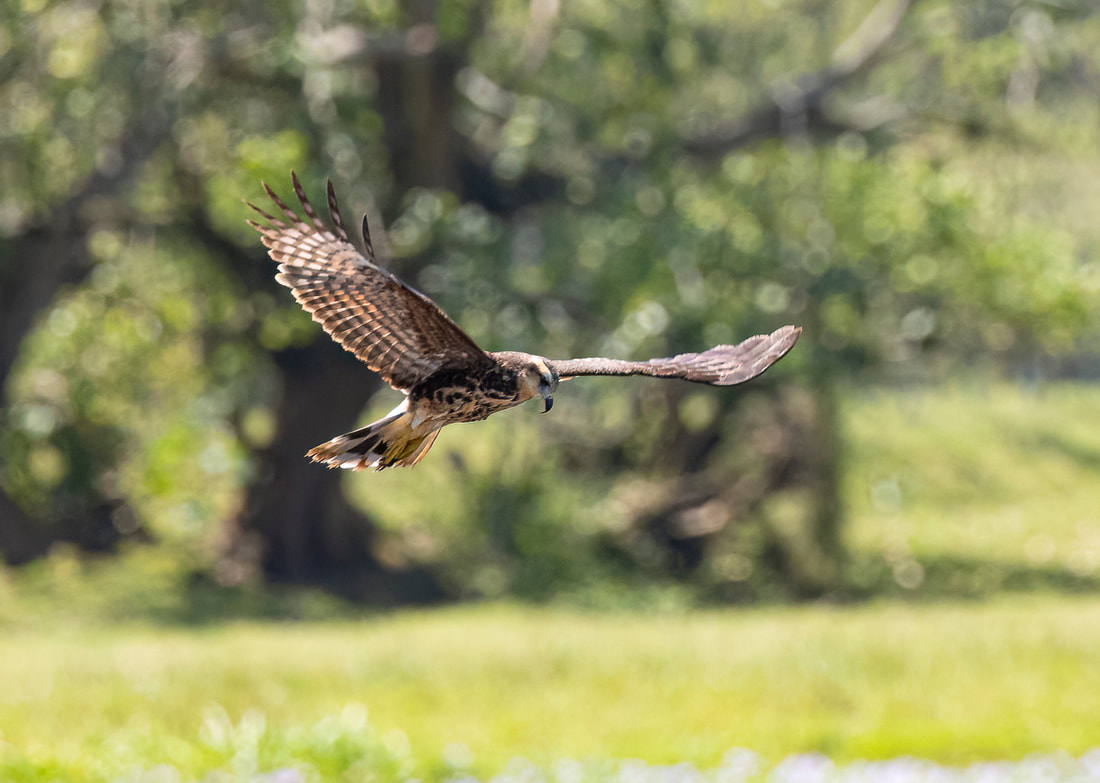
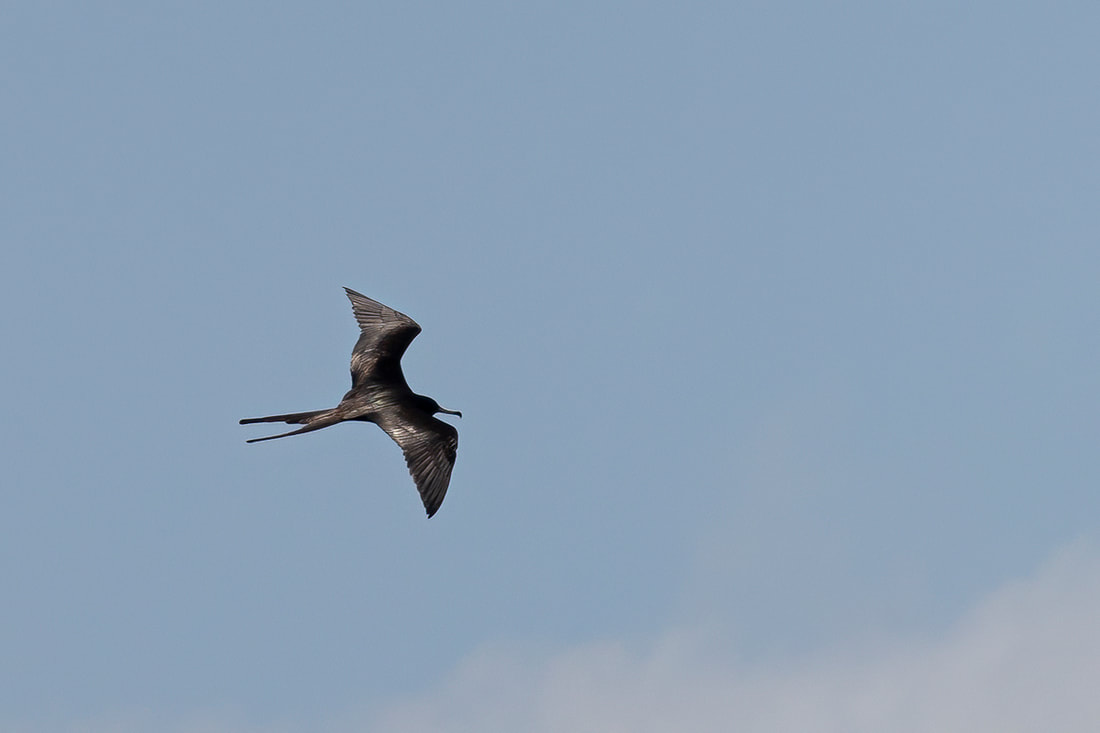
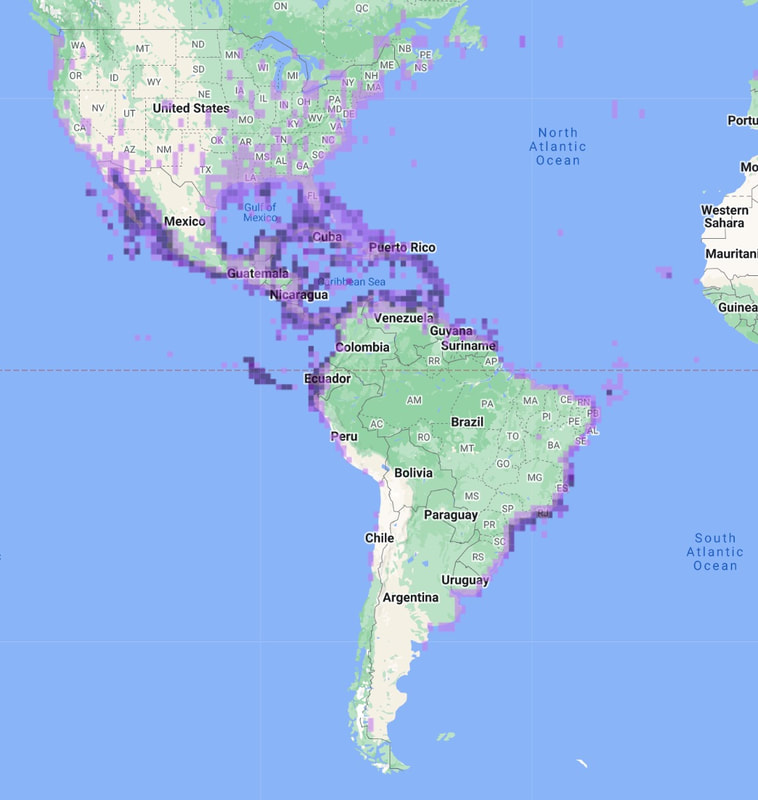
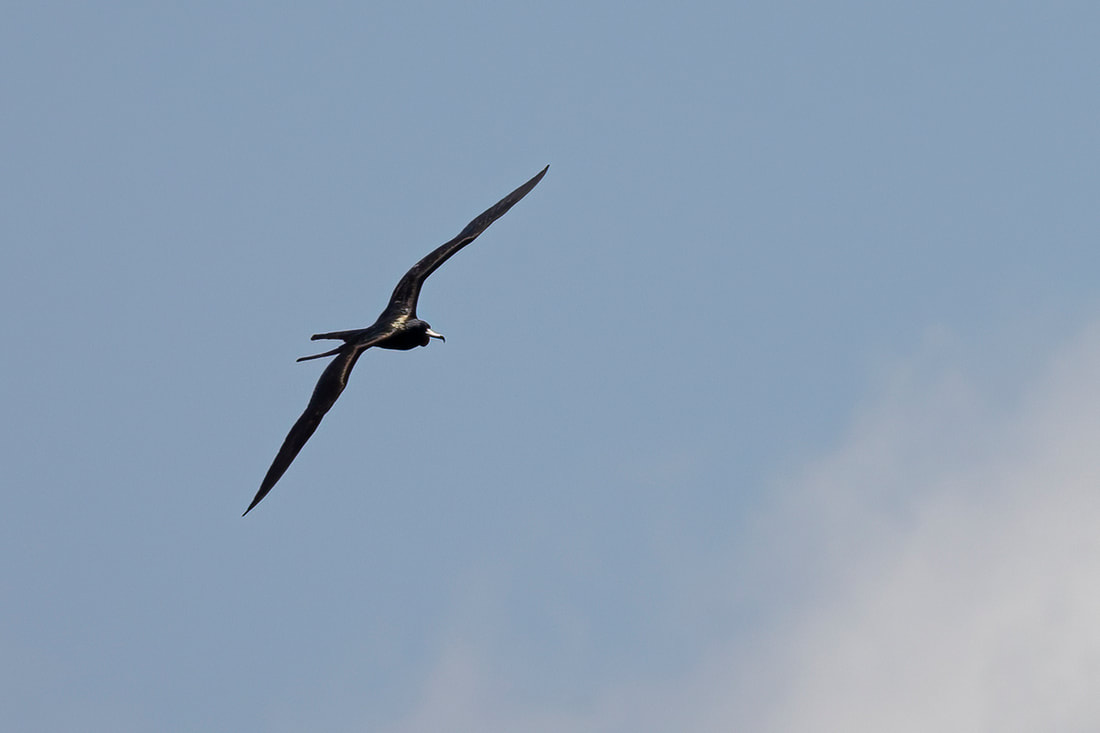
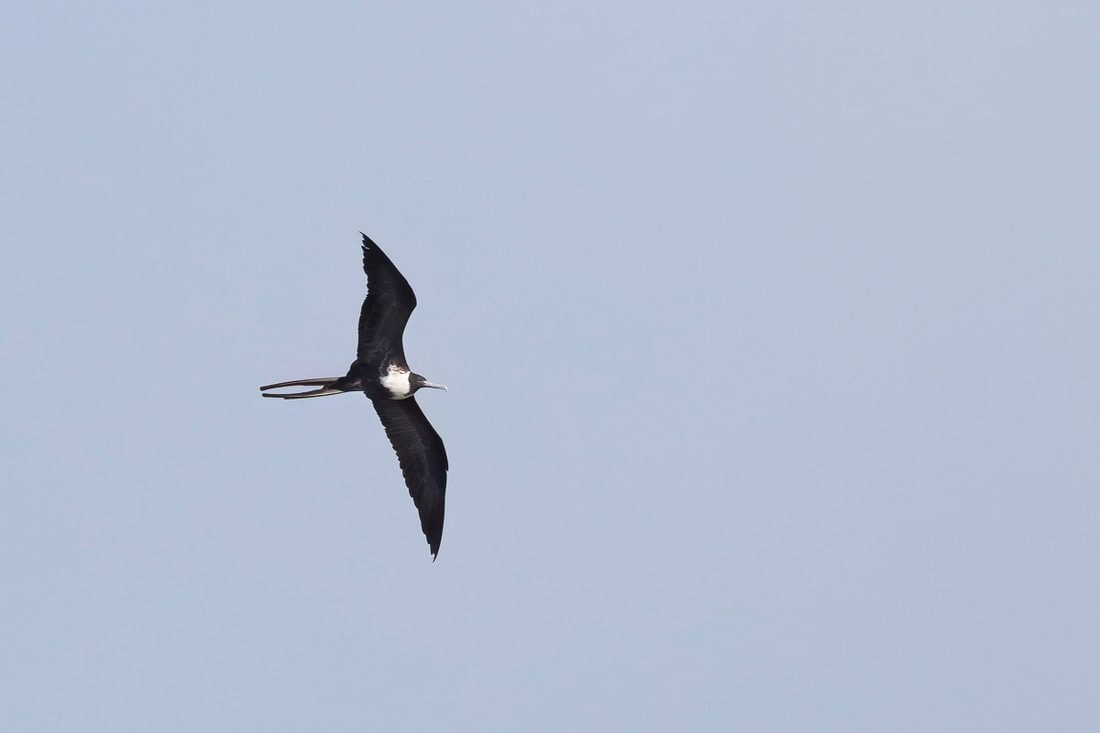
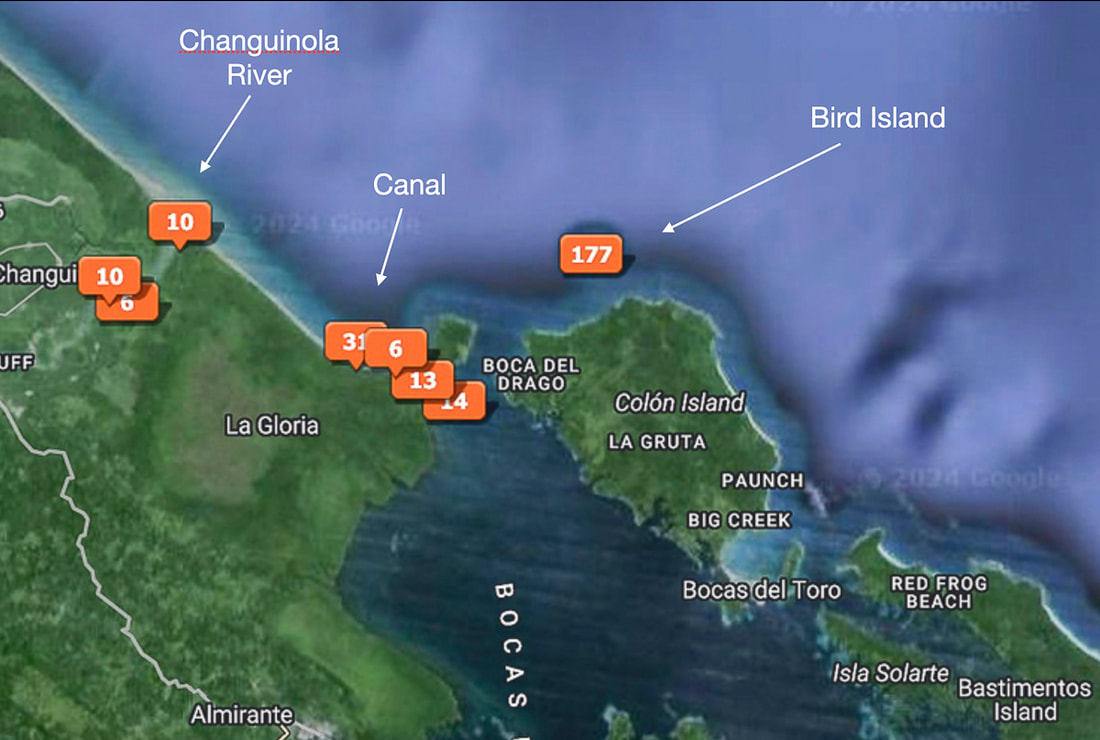
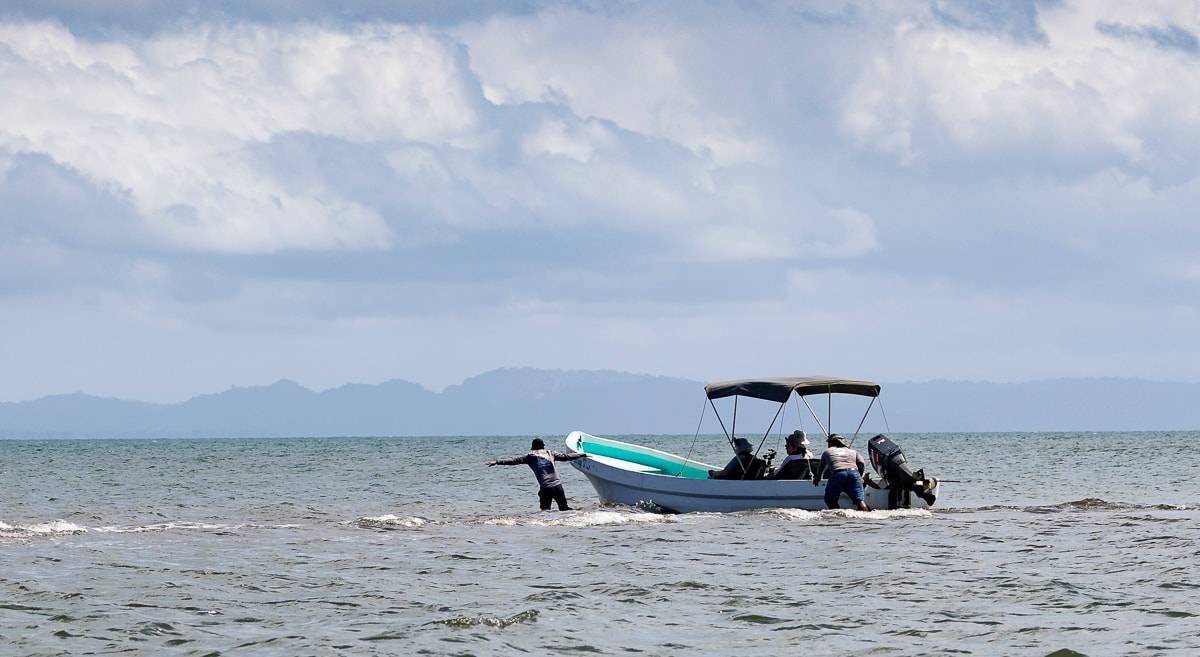
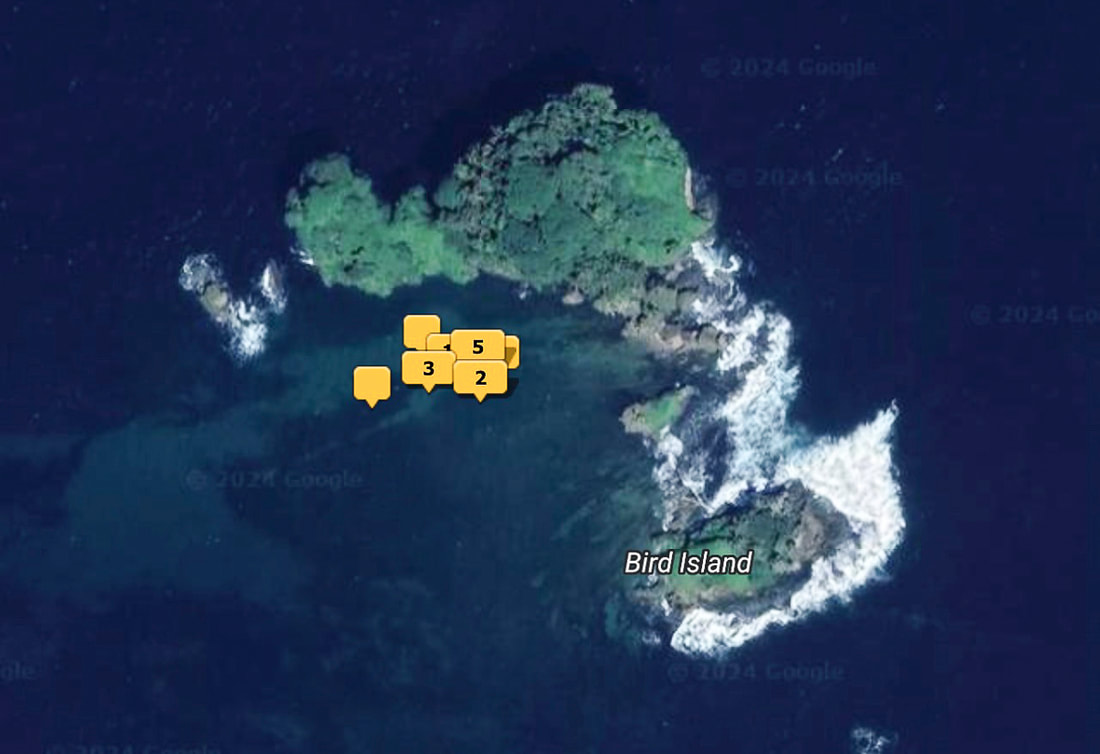
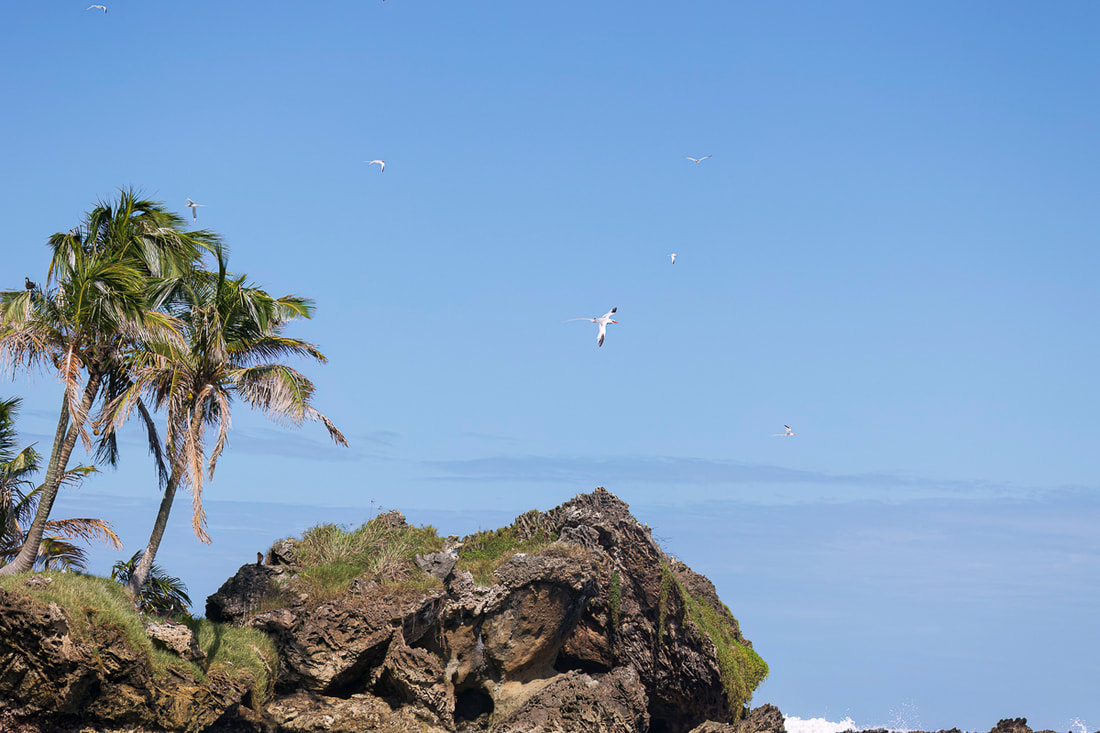
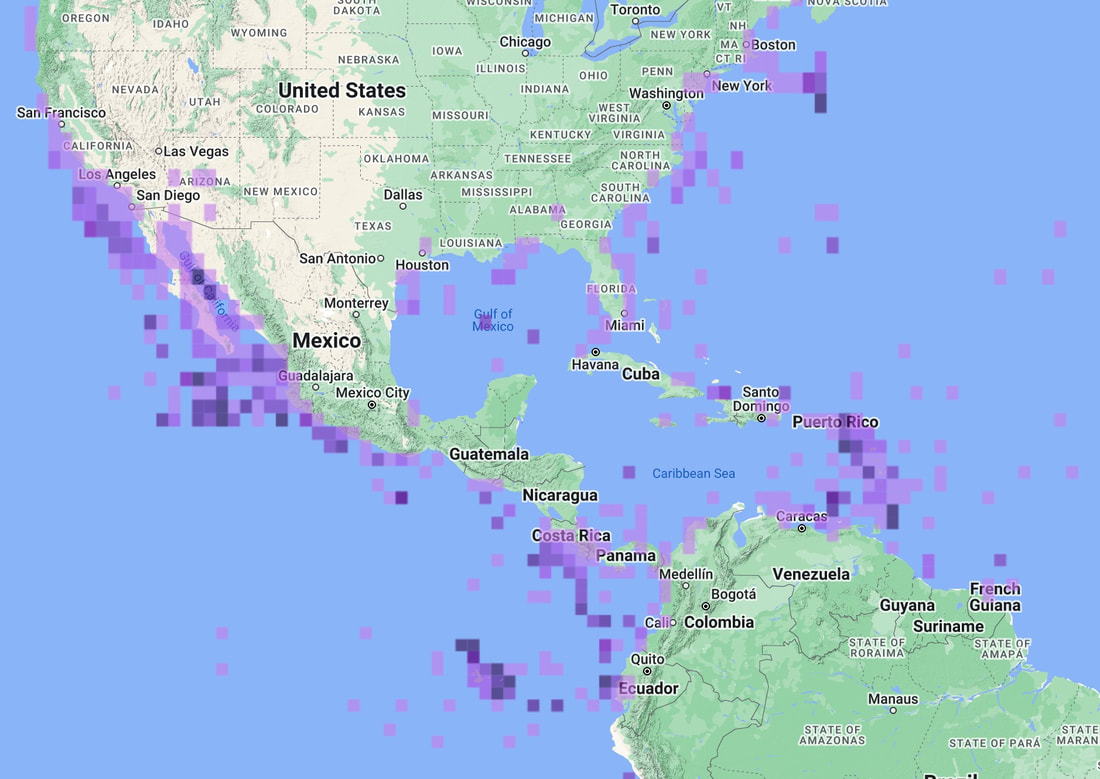
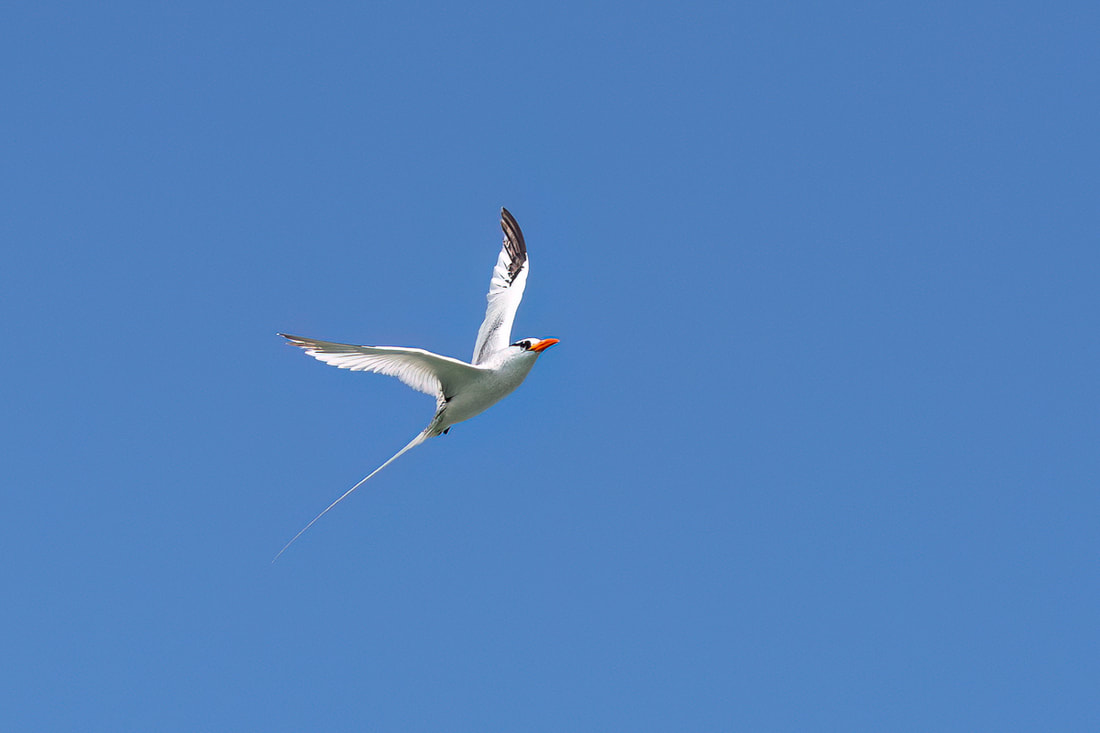
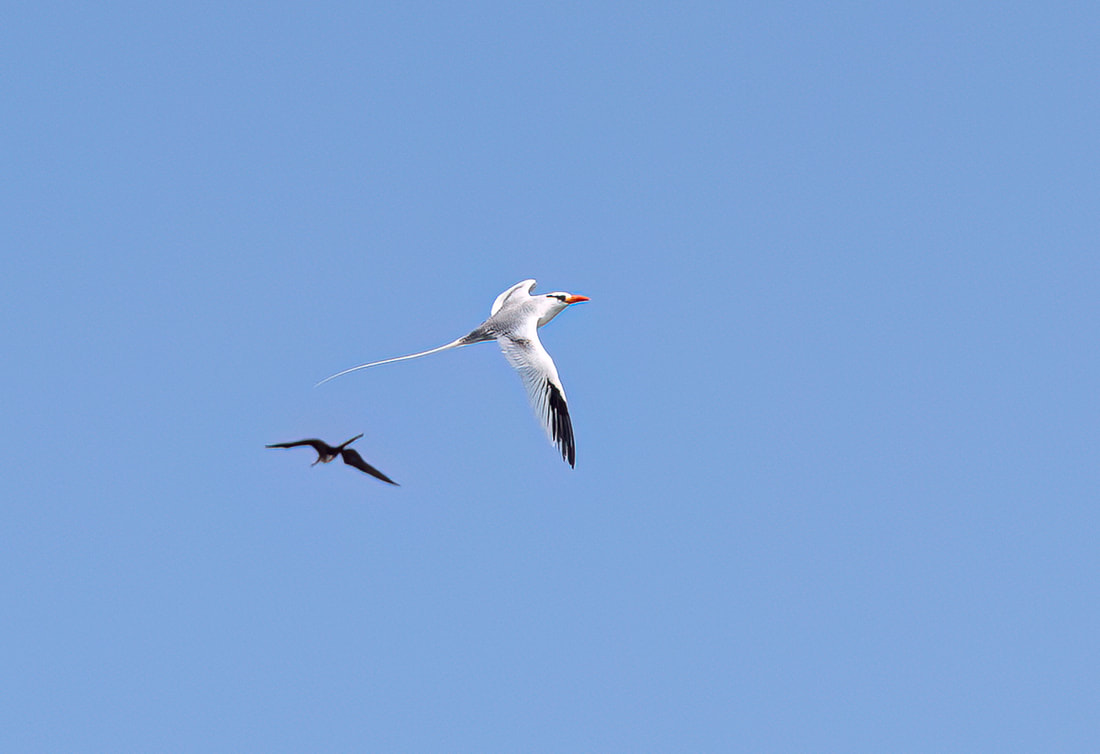
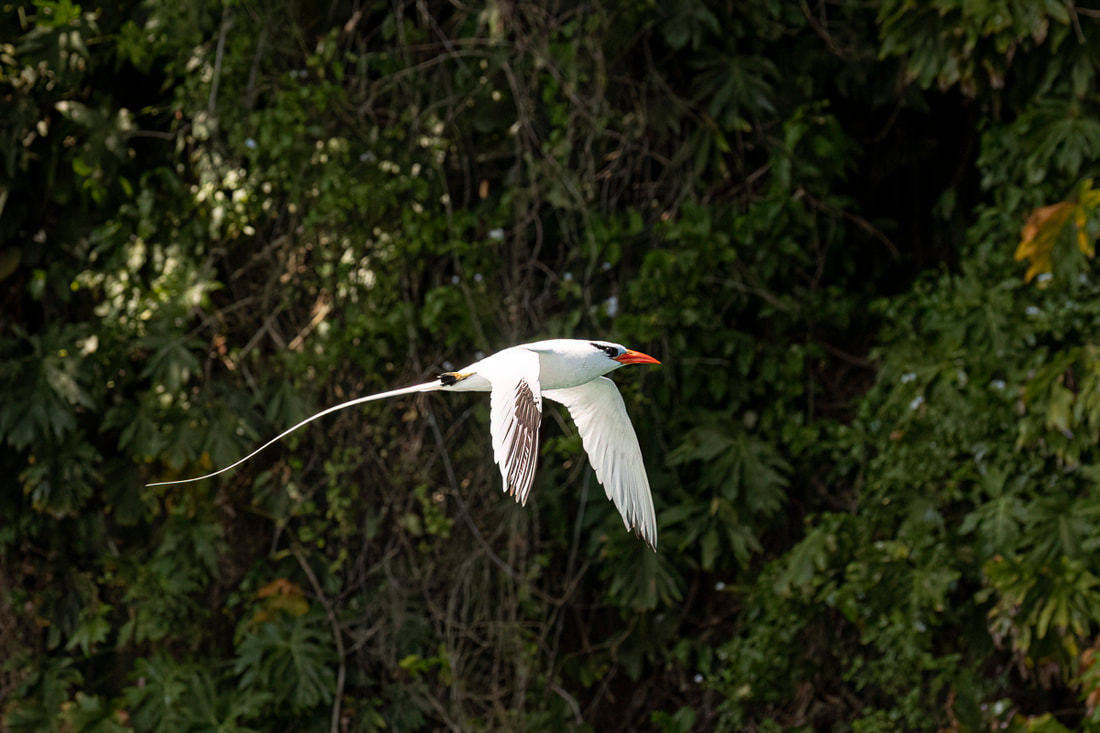
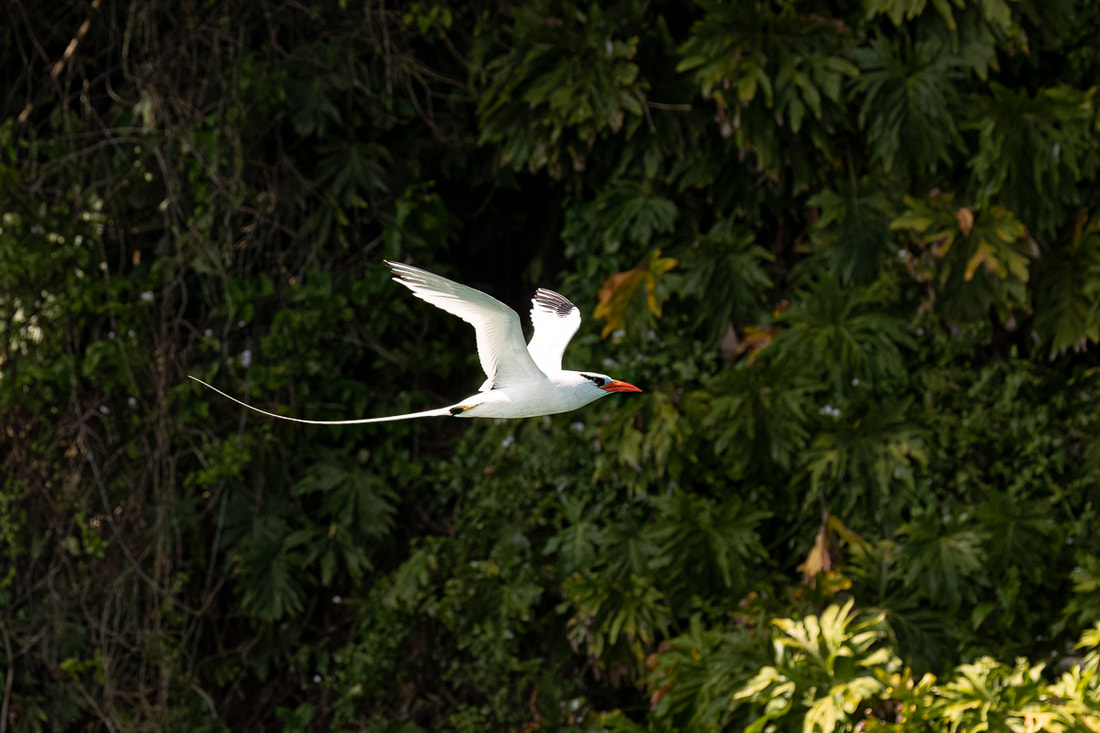
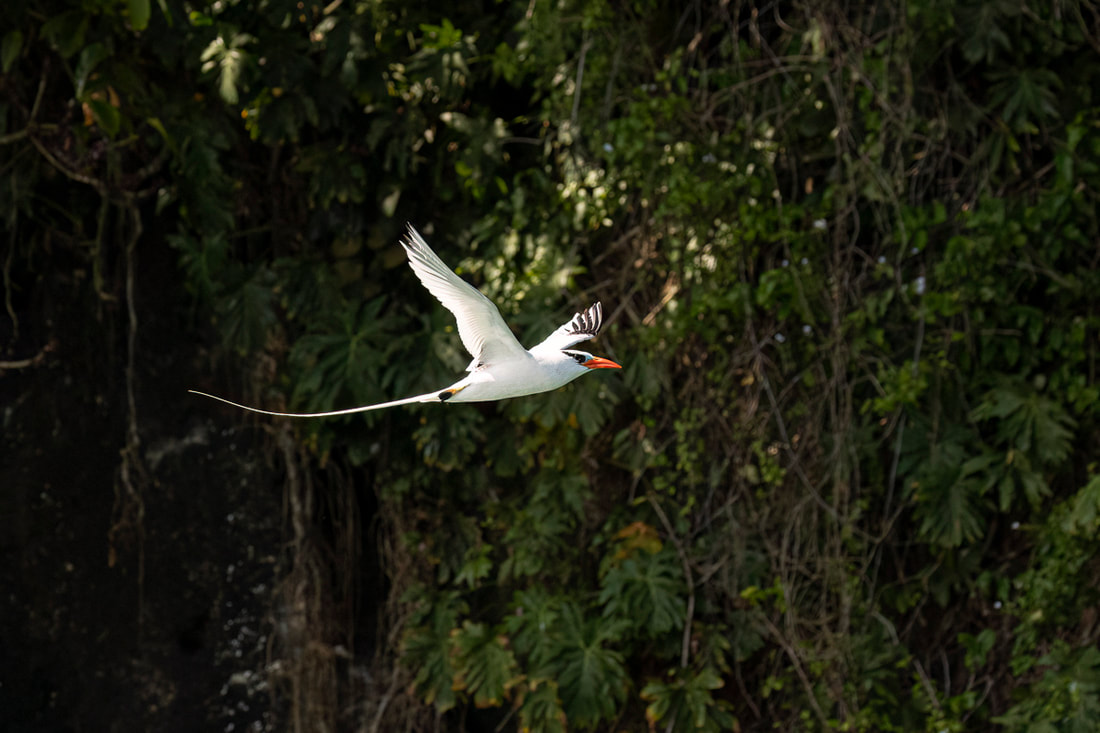
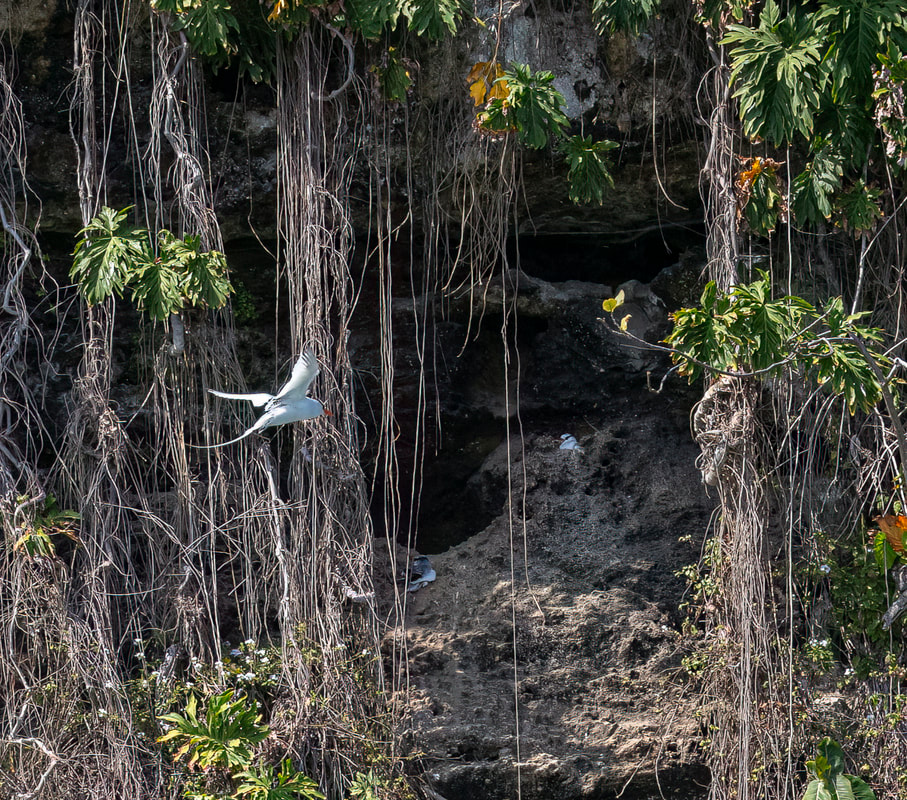
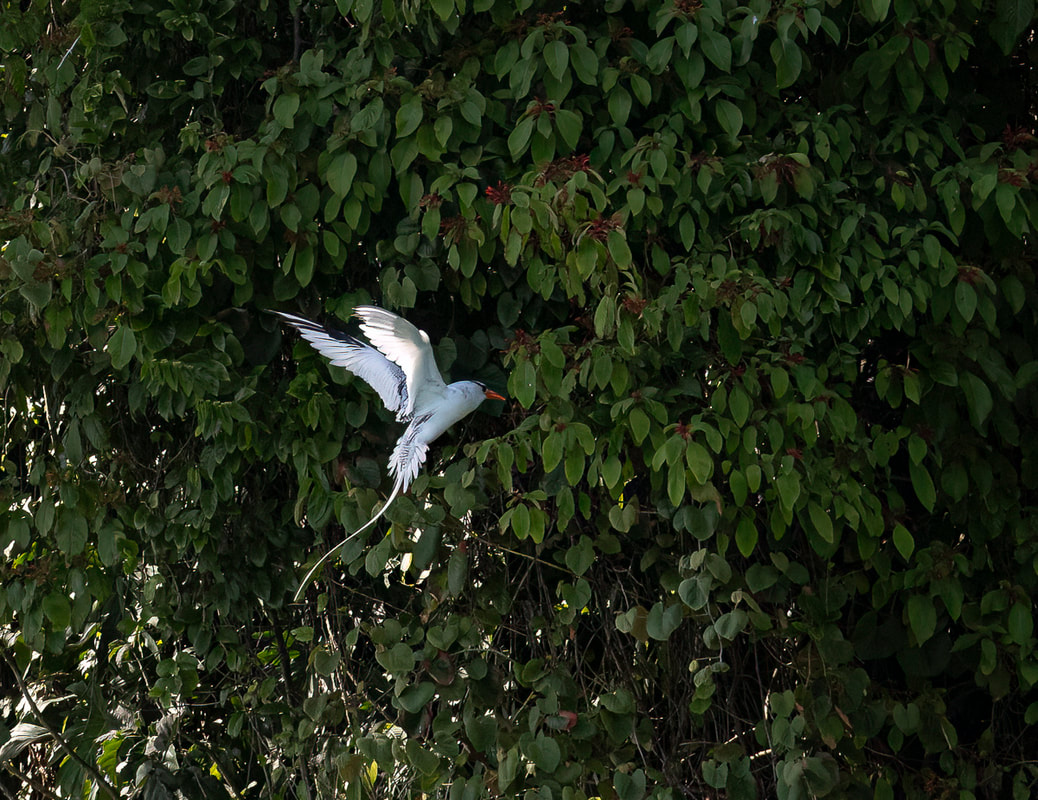
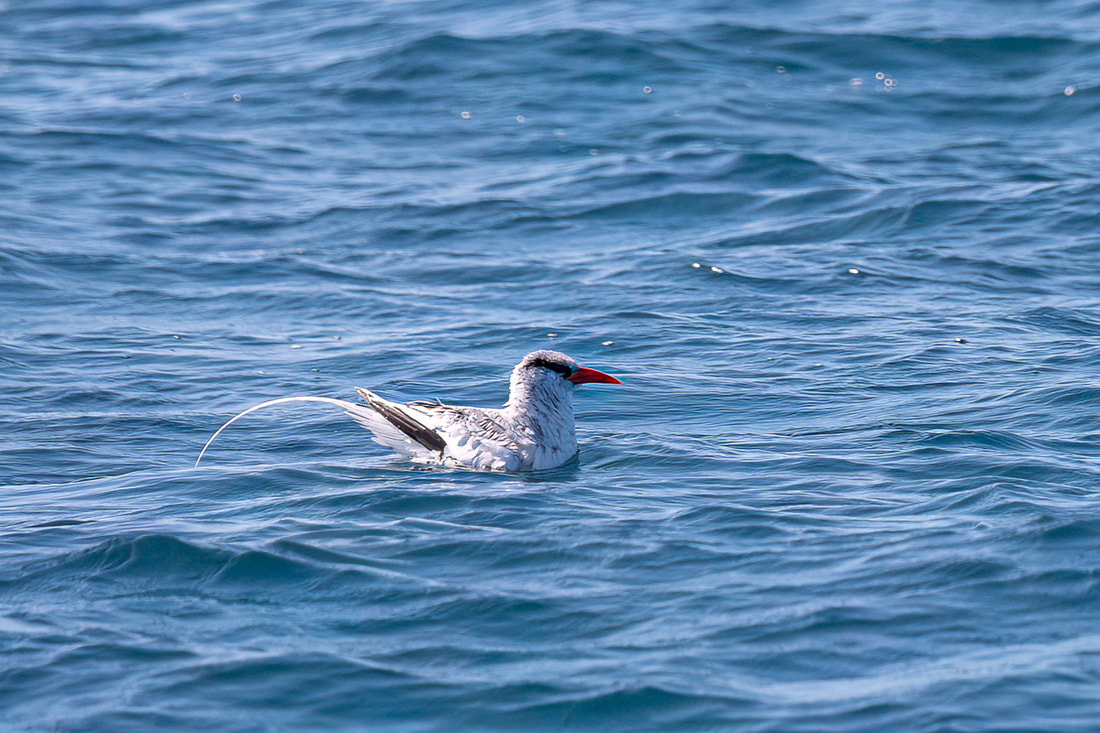
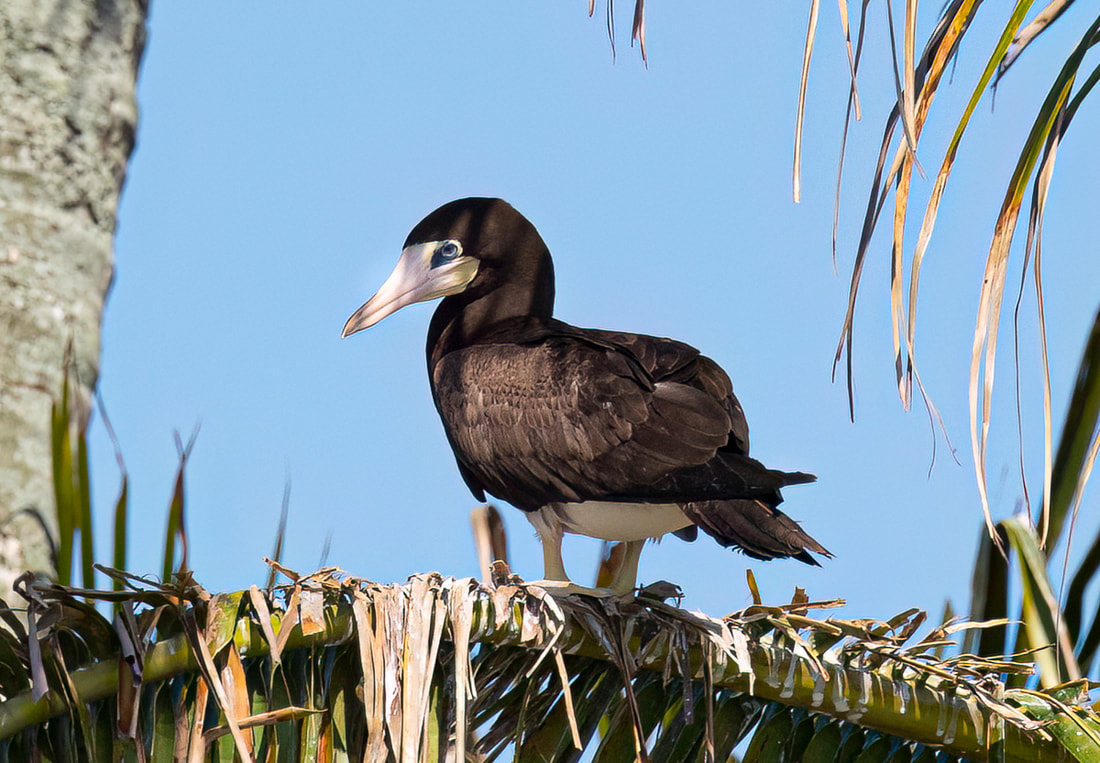
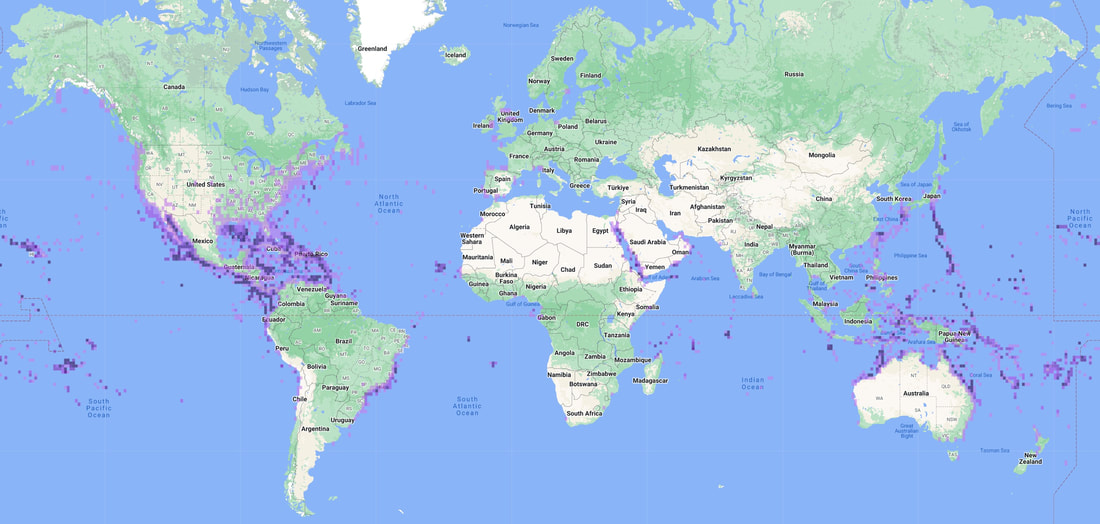
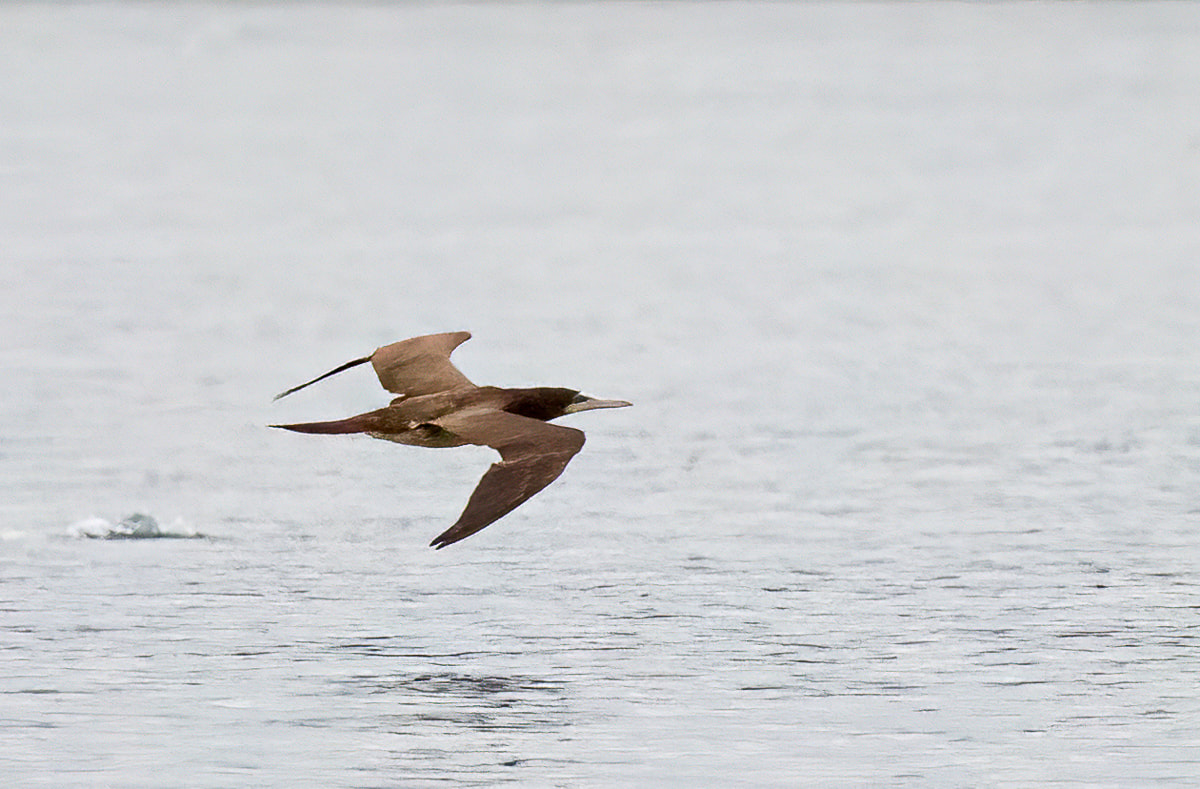
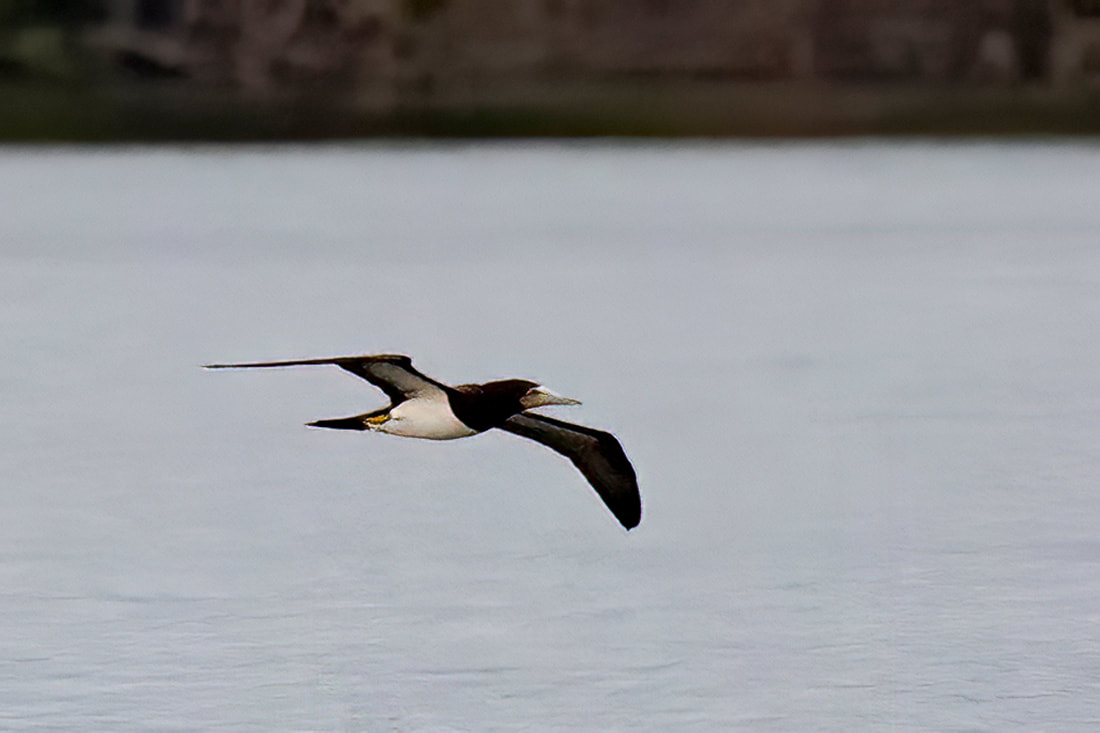
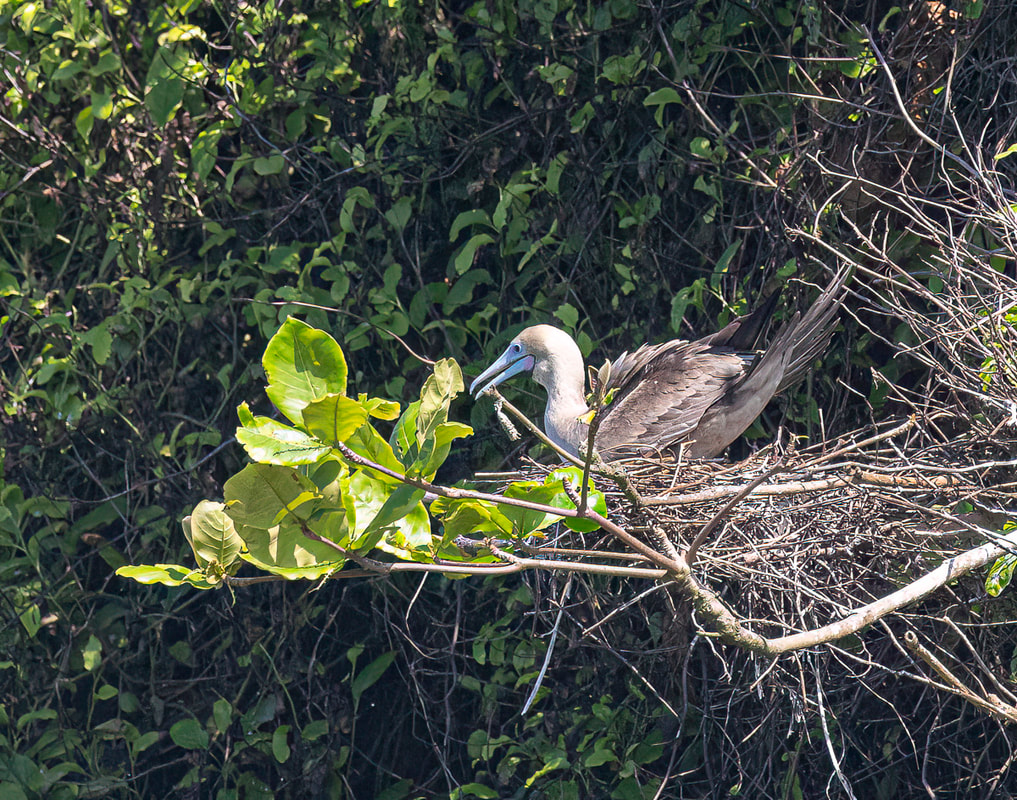
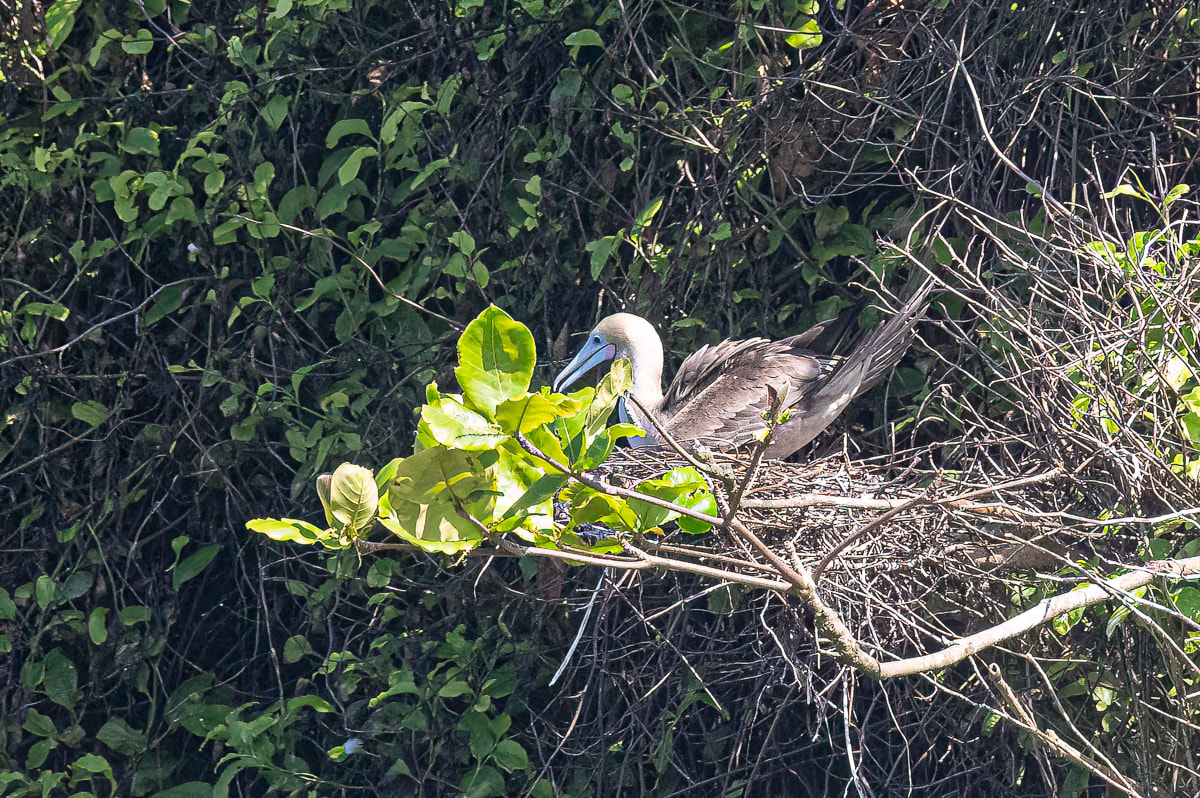
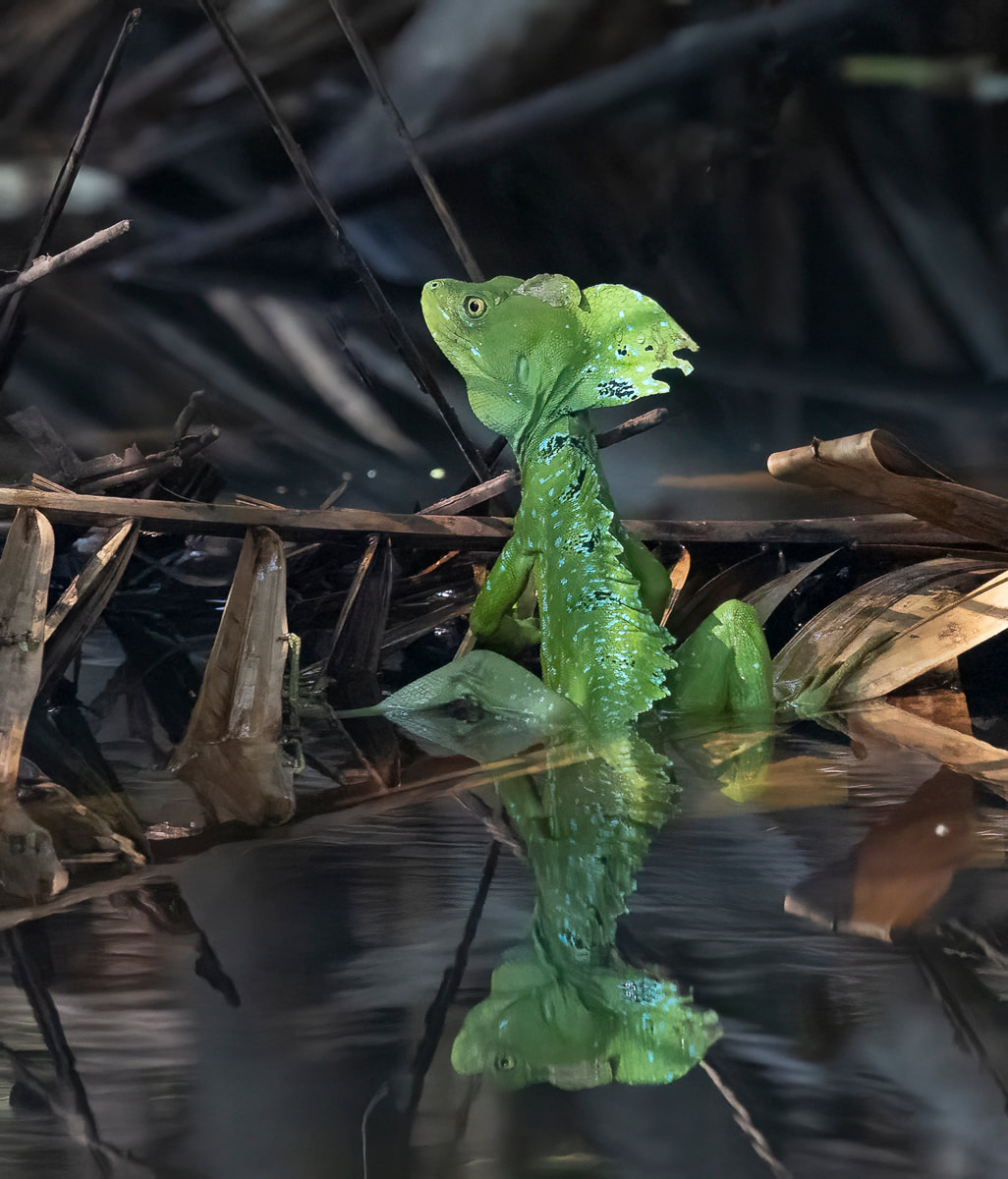
 RSS Feed
RSS Feed